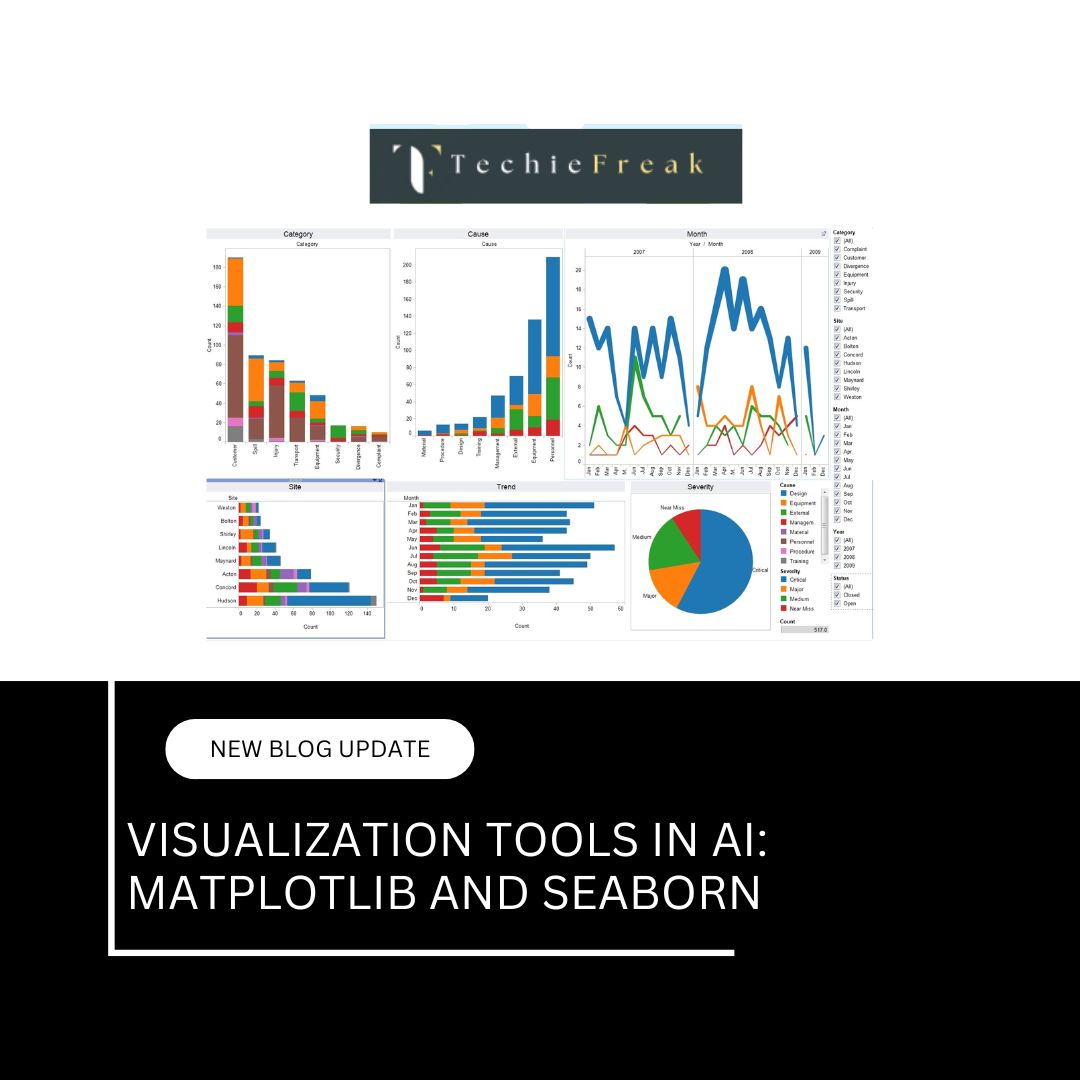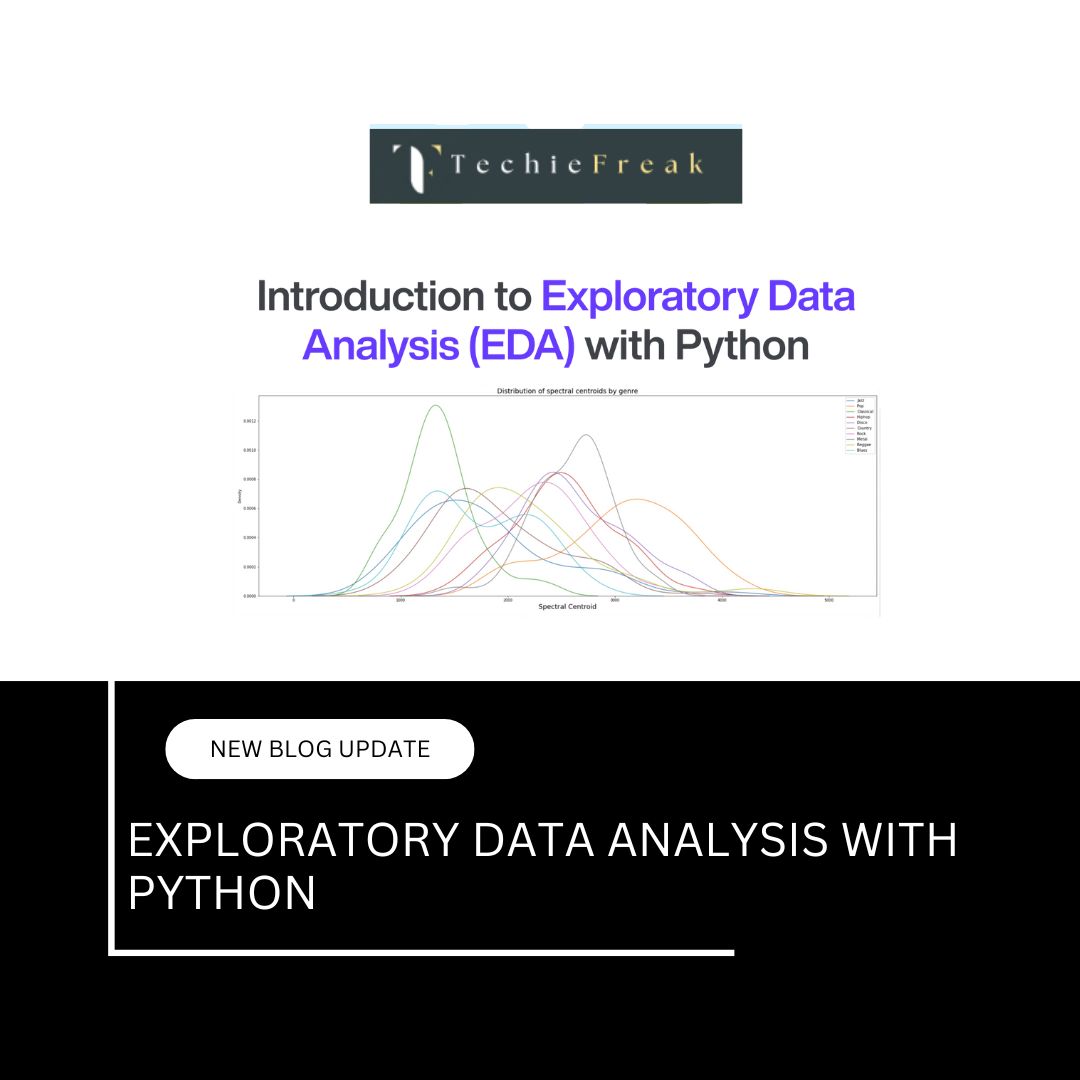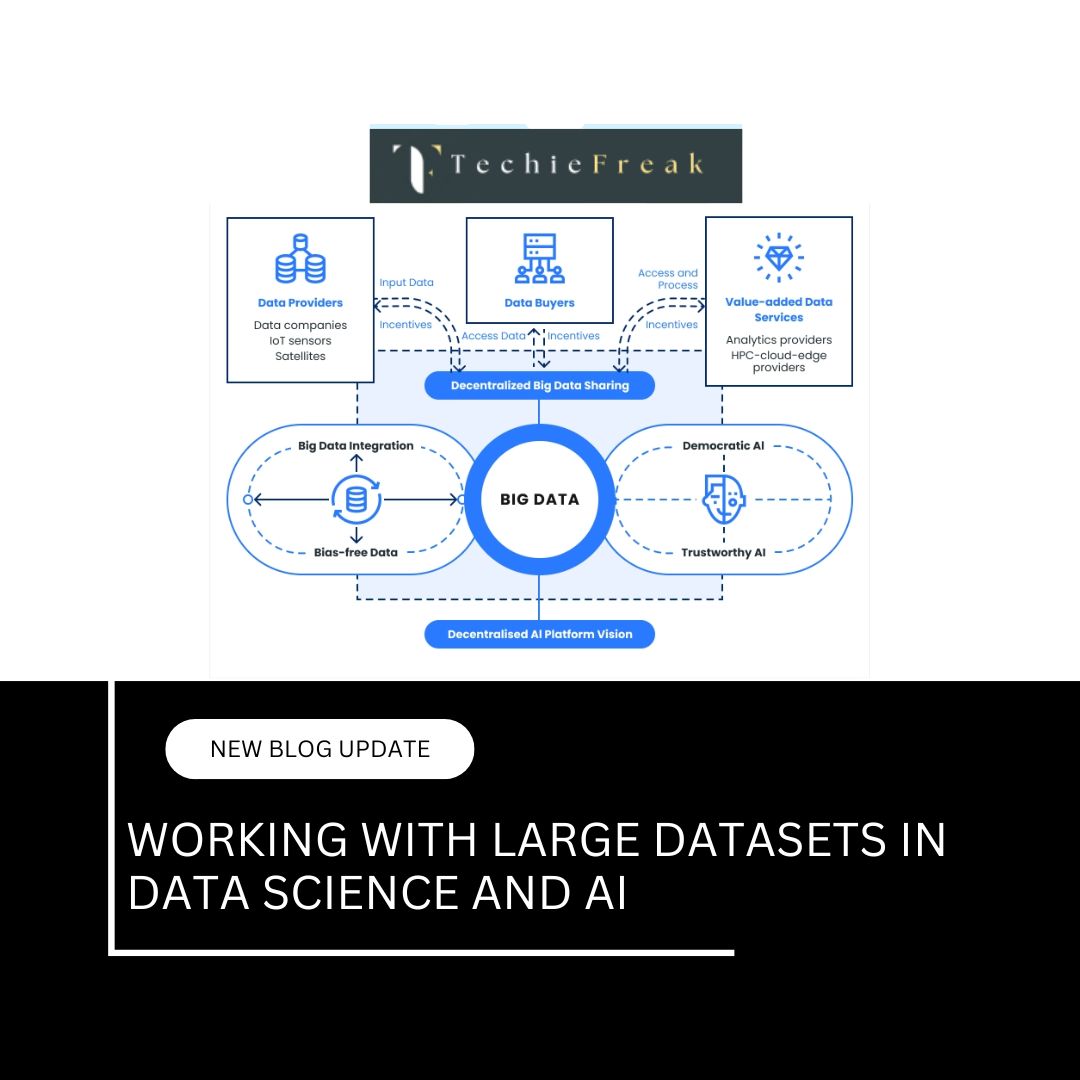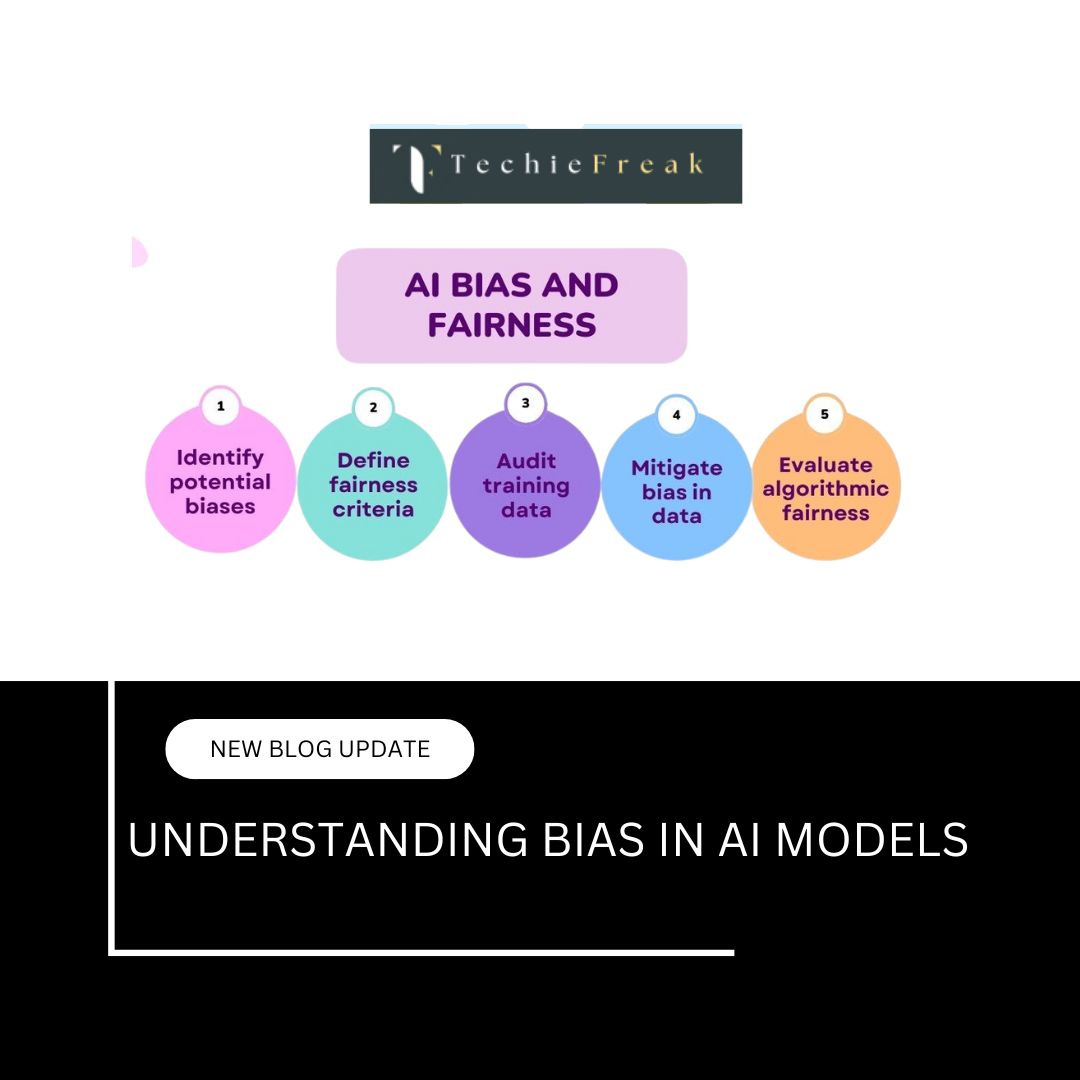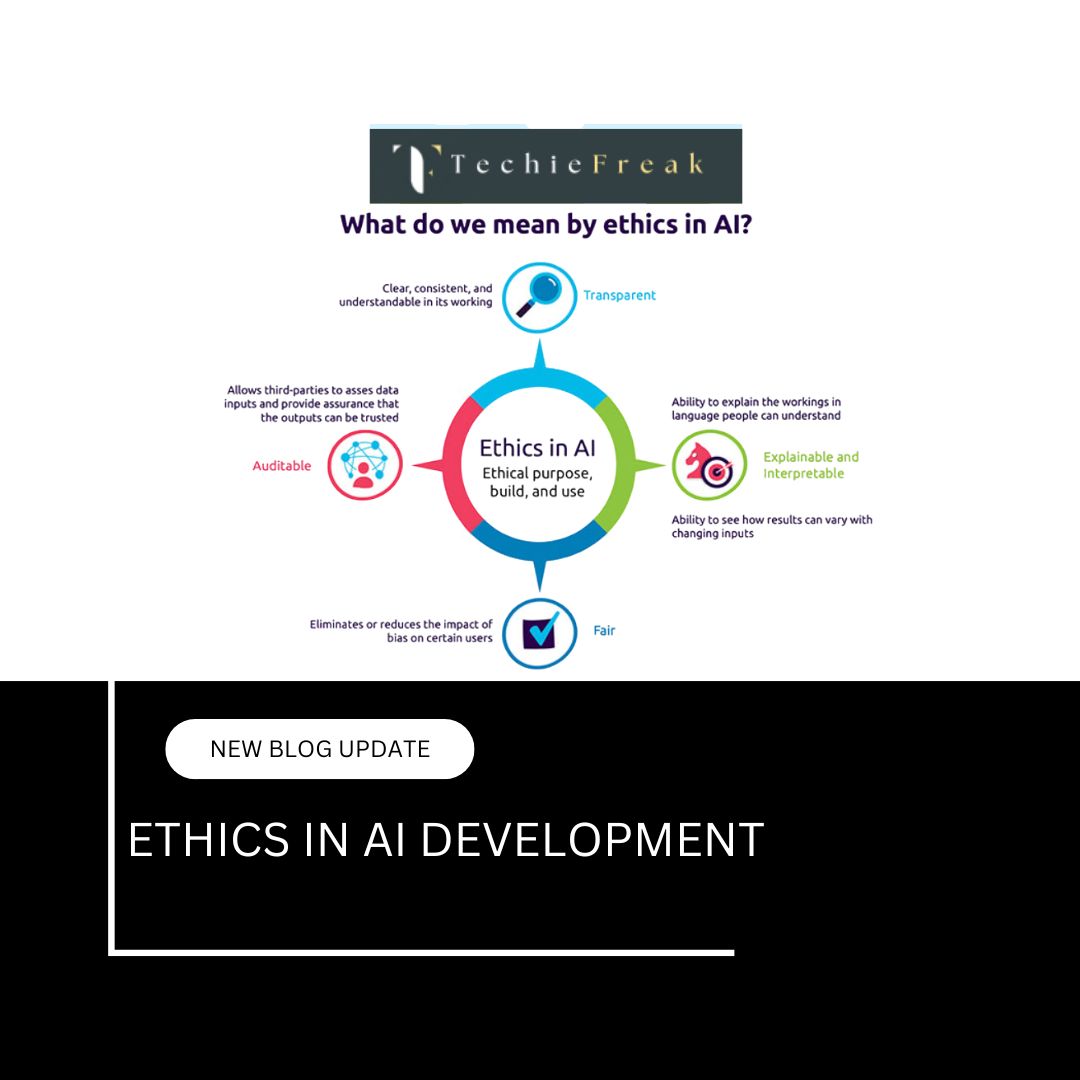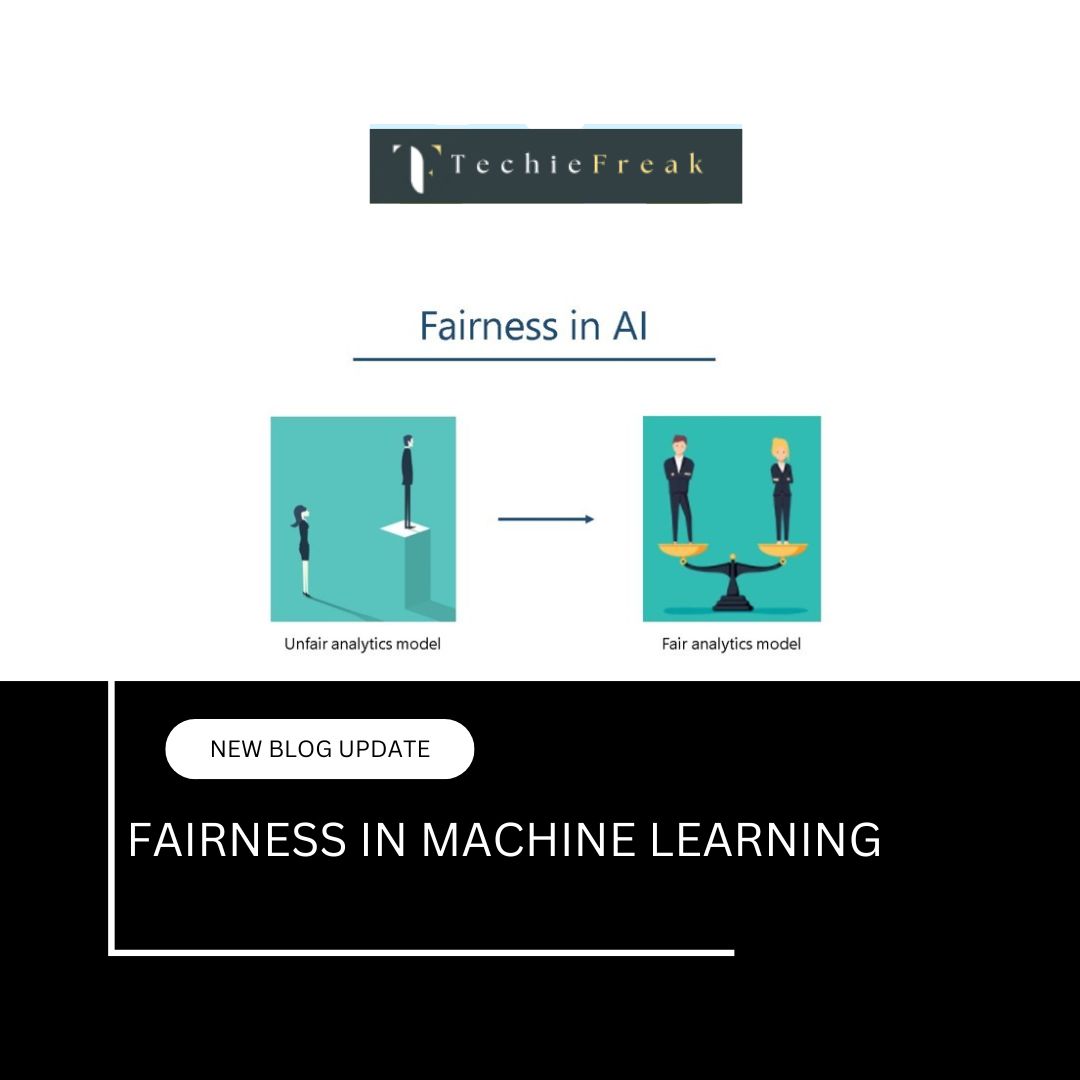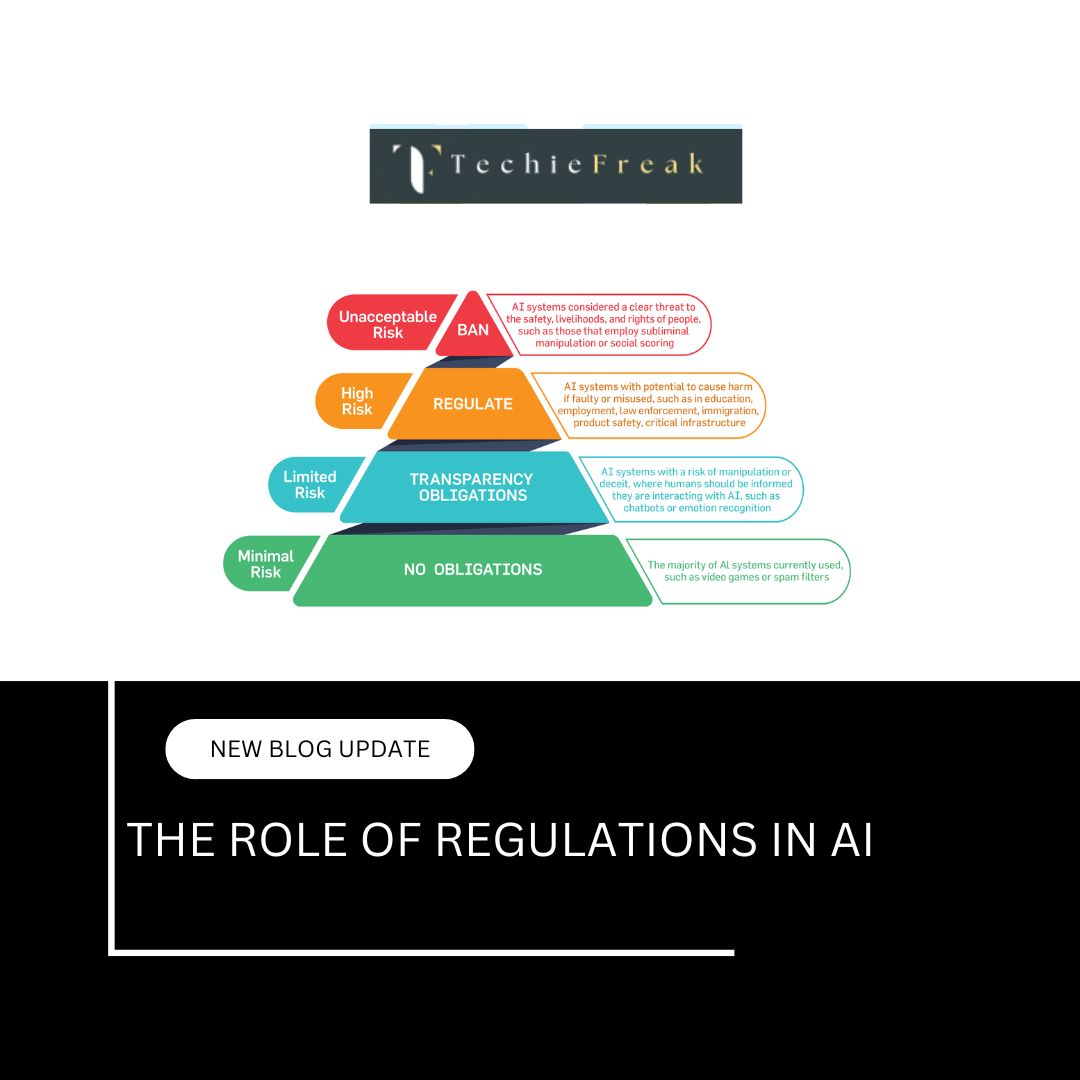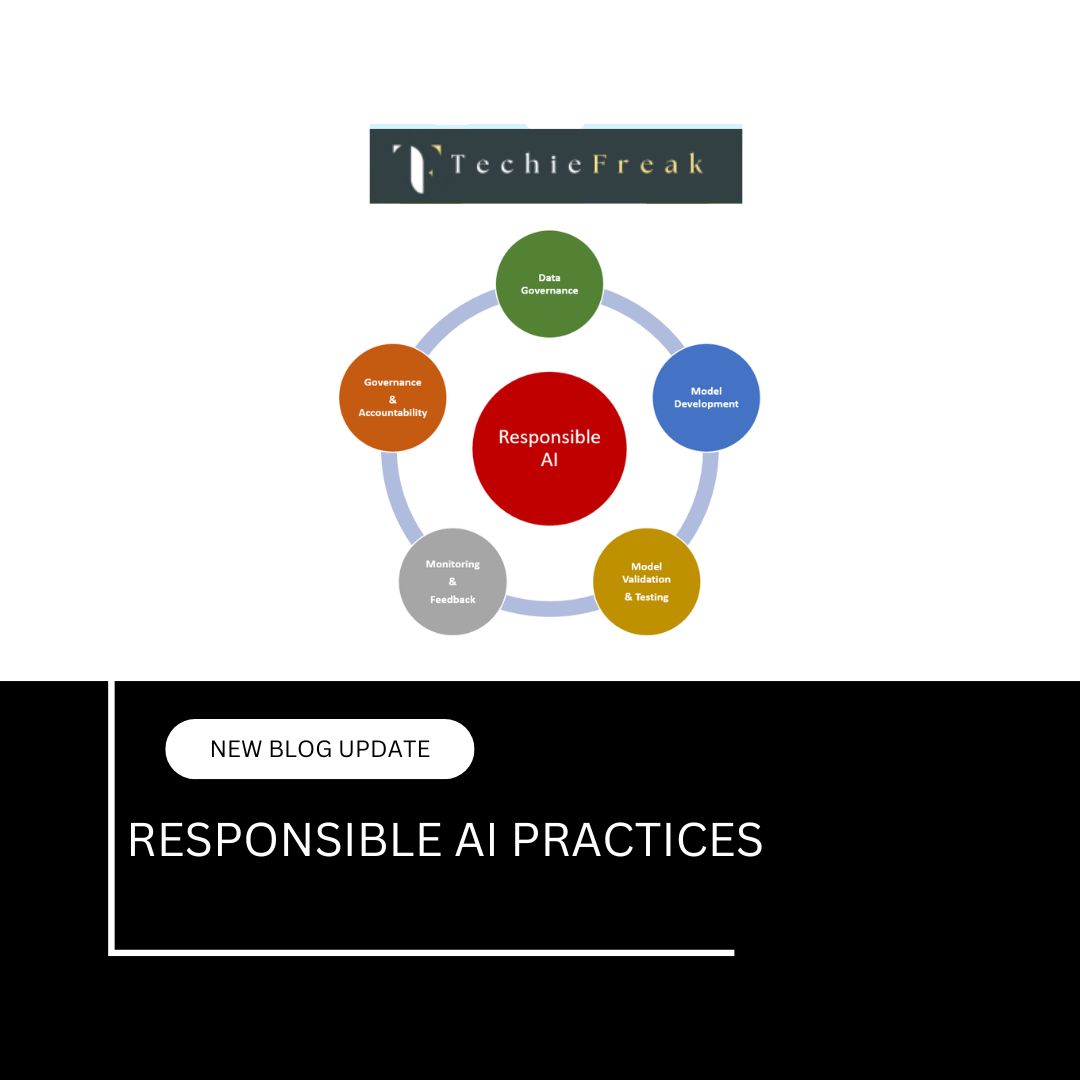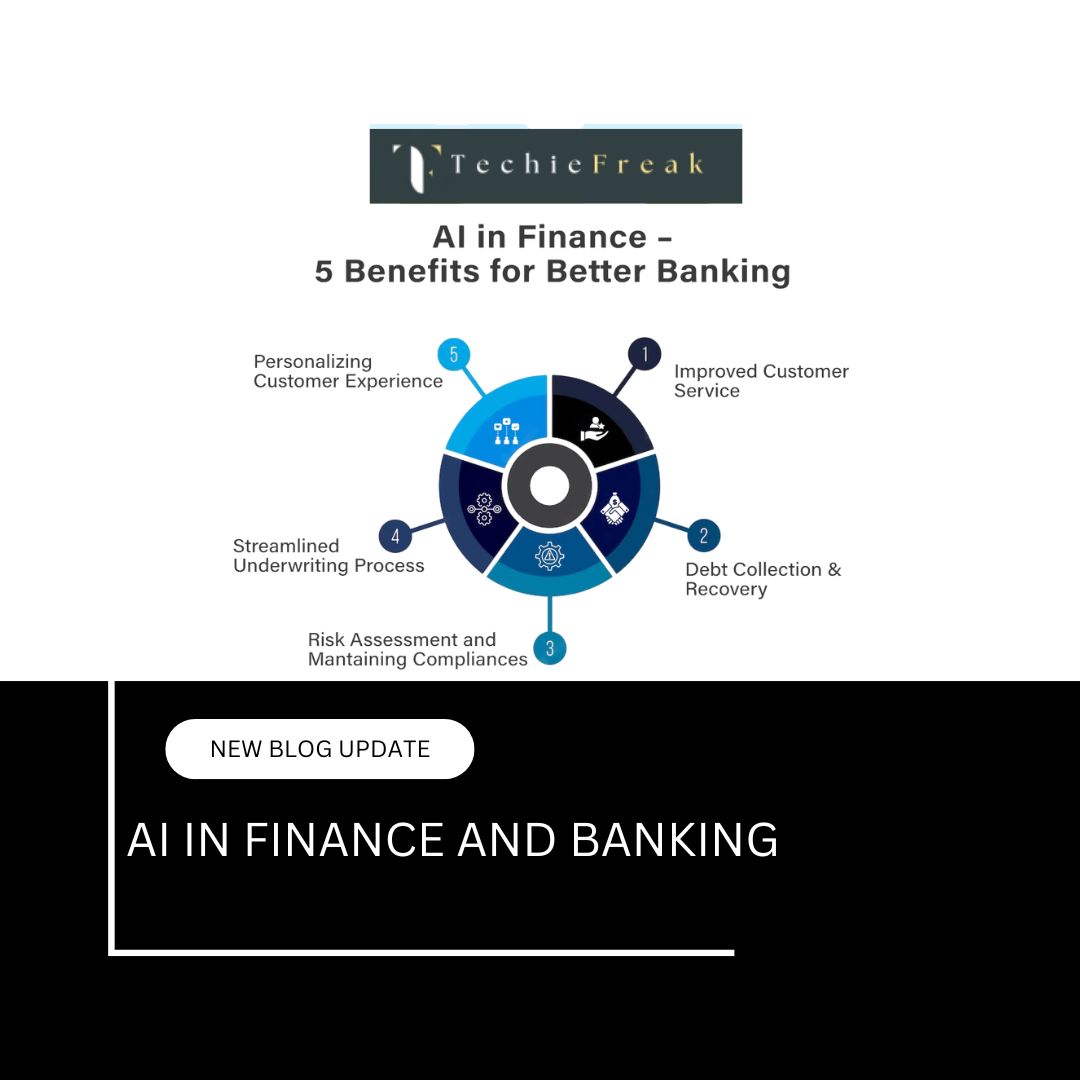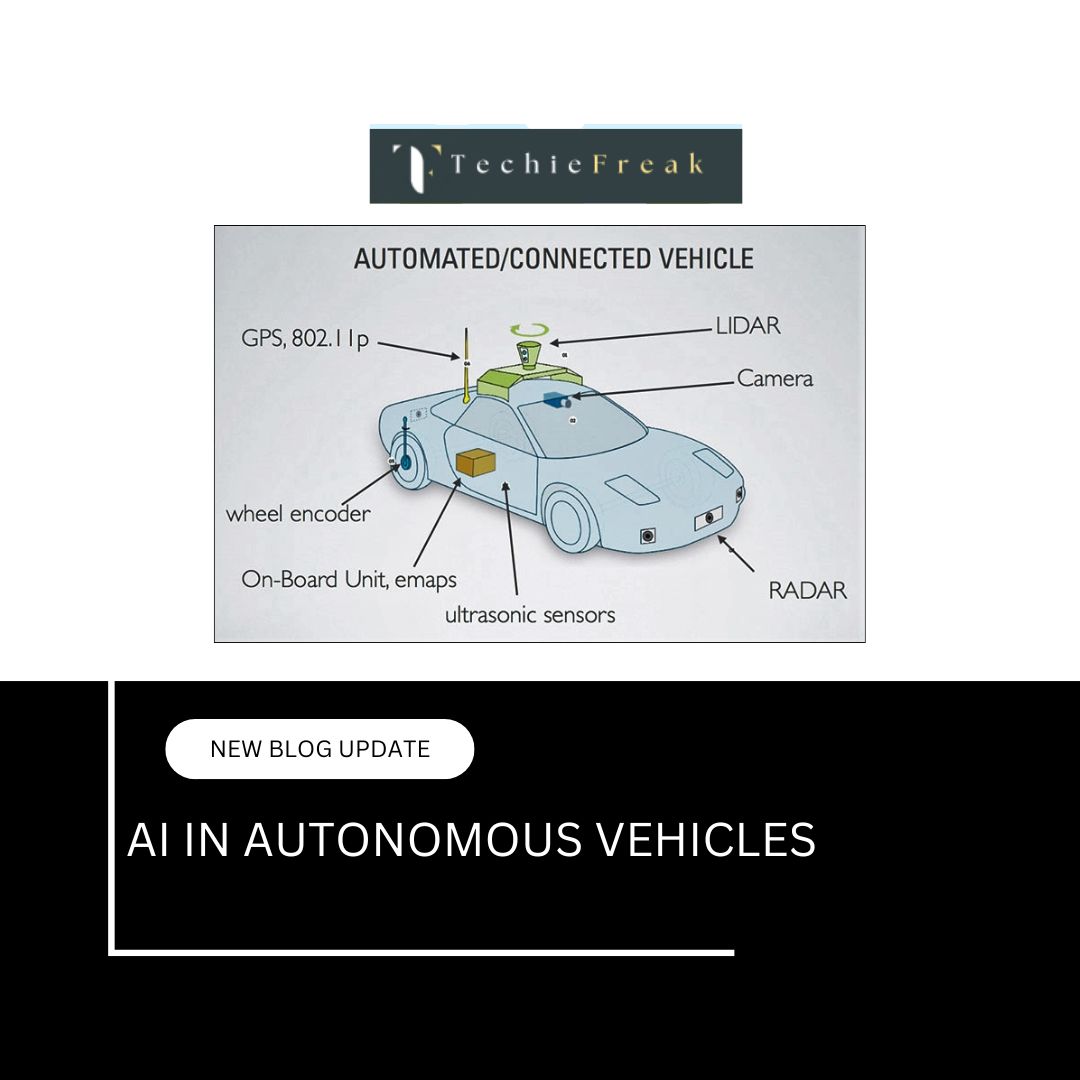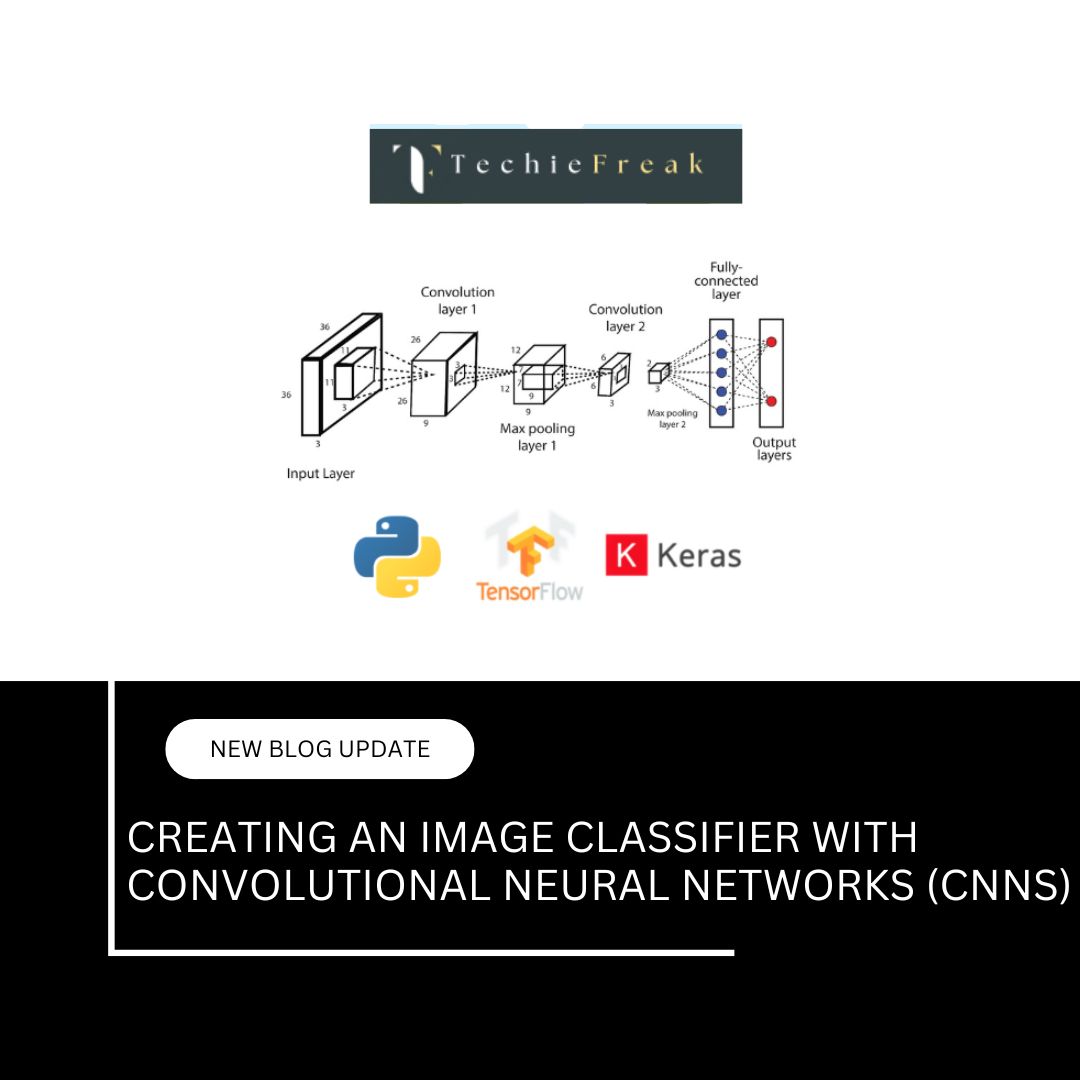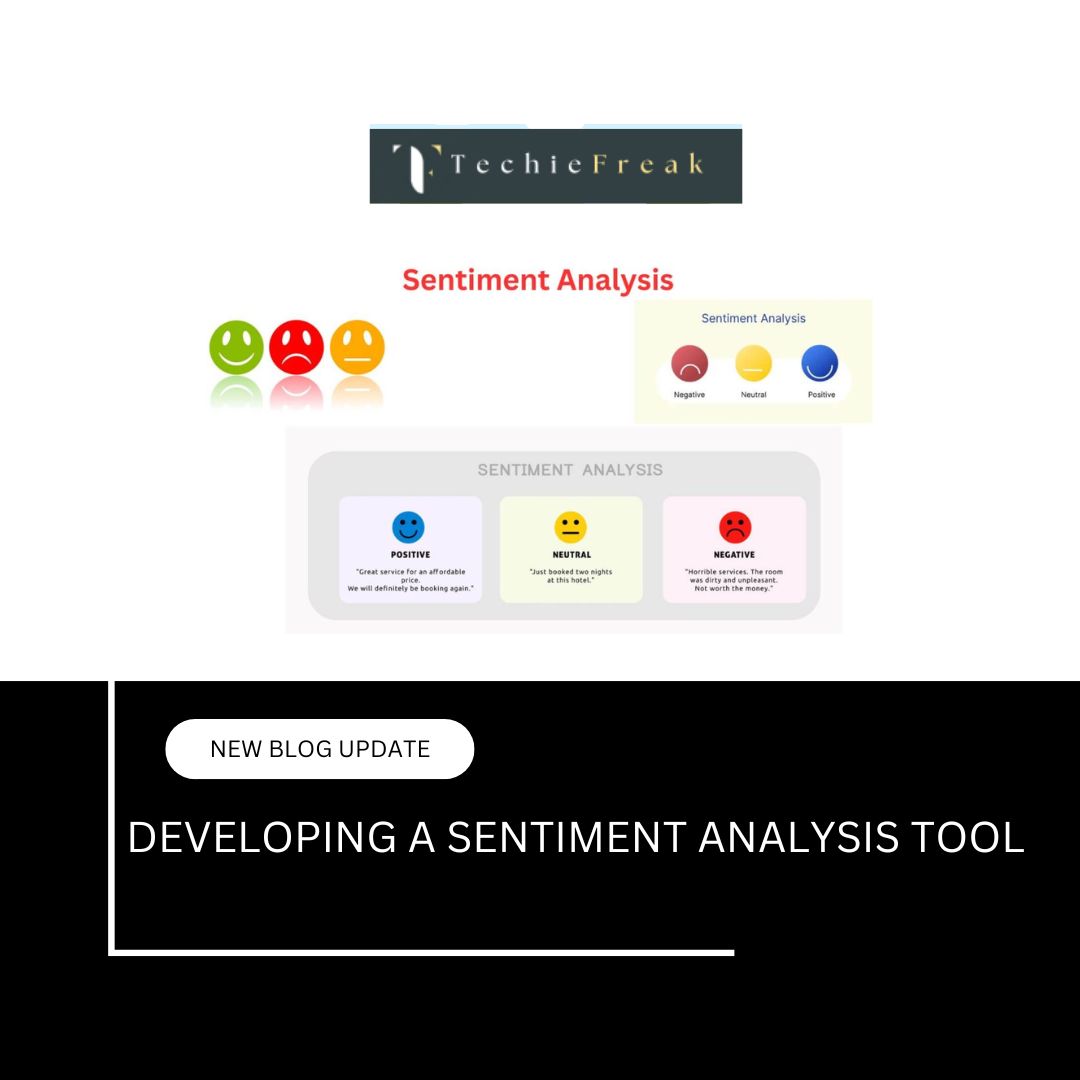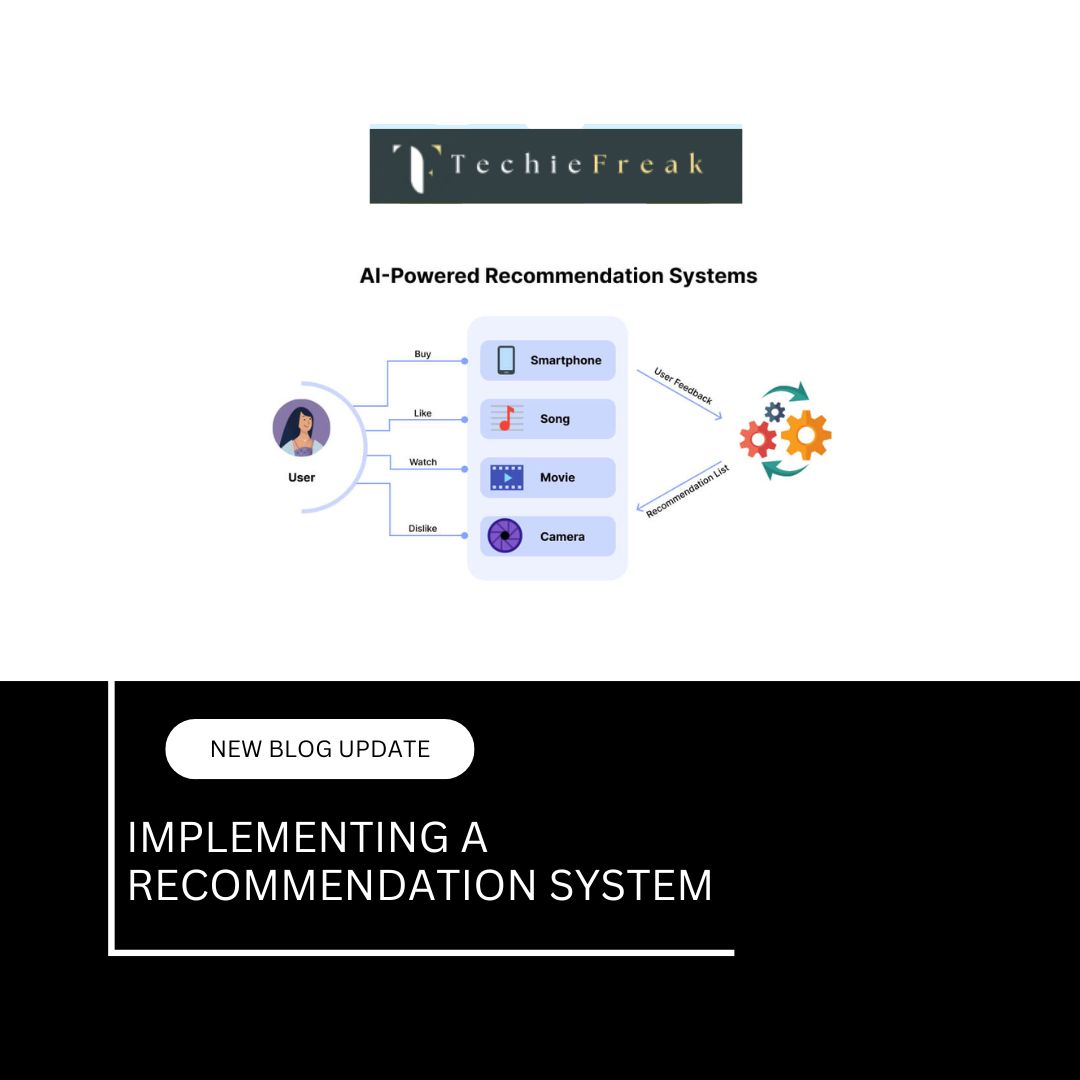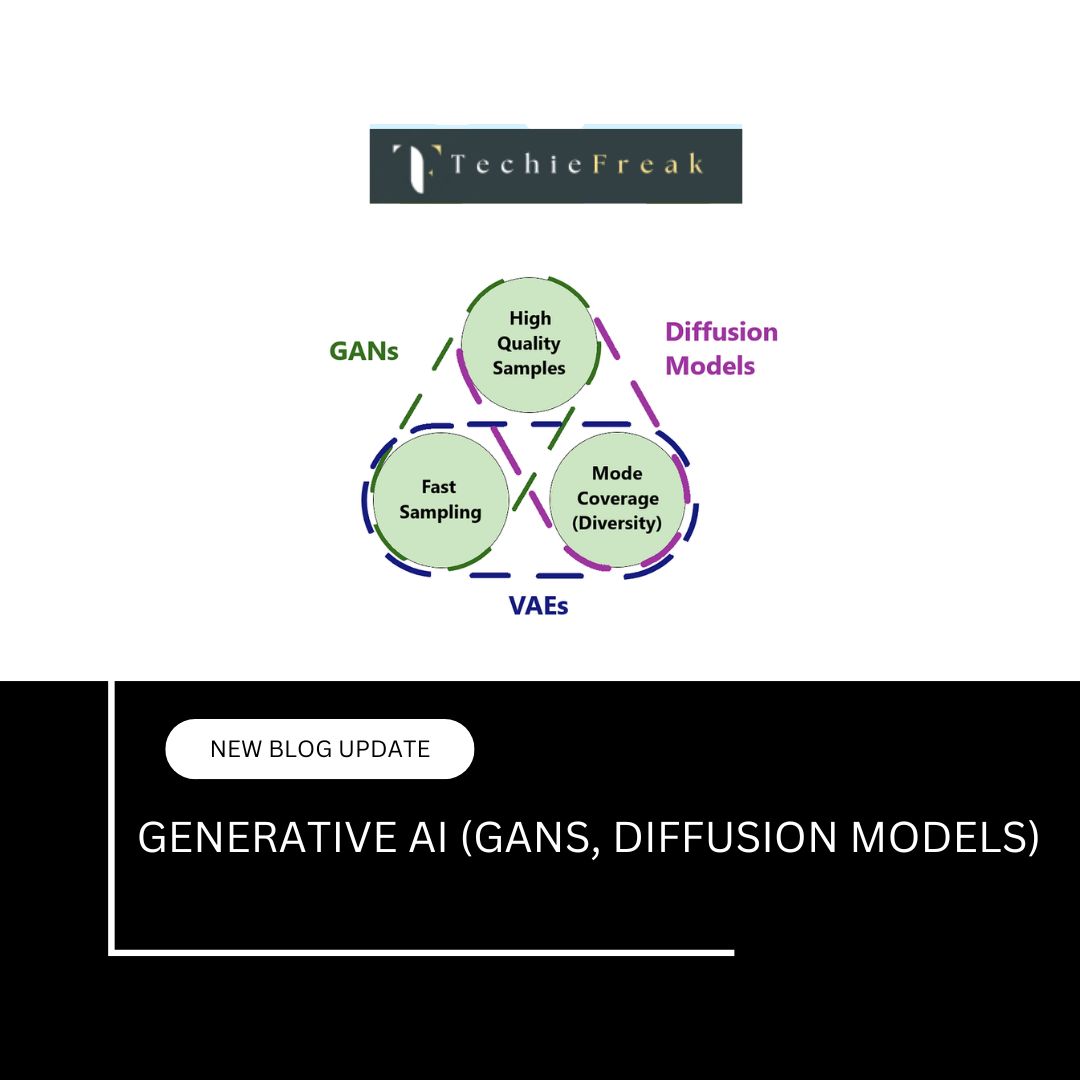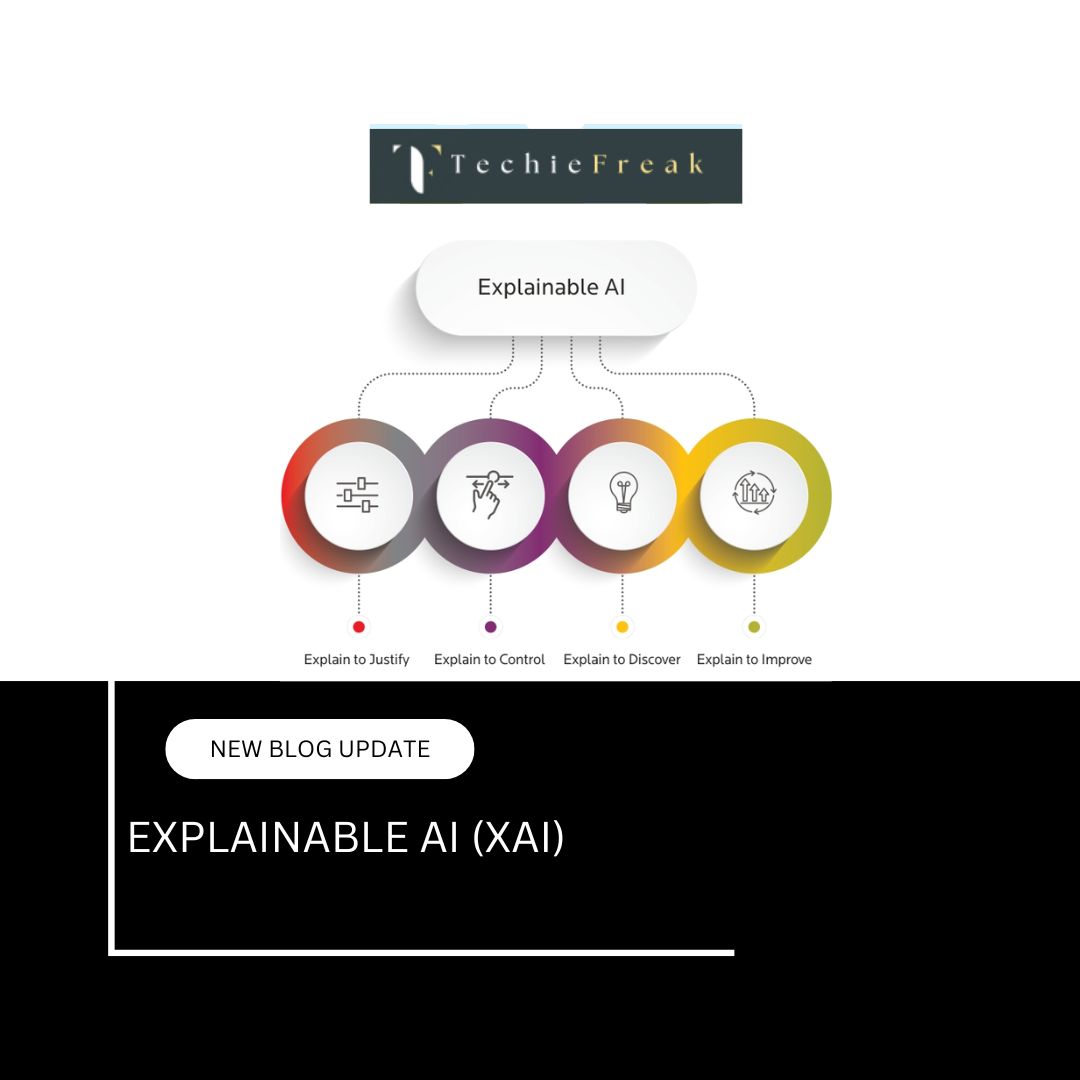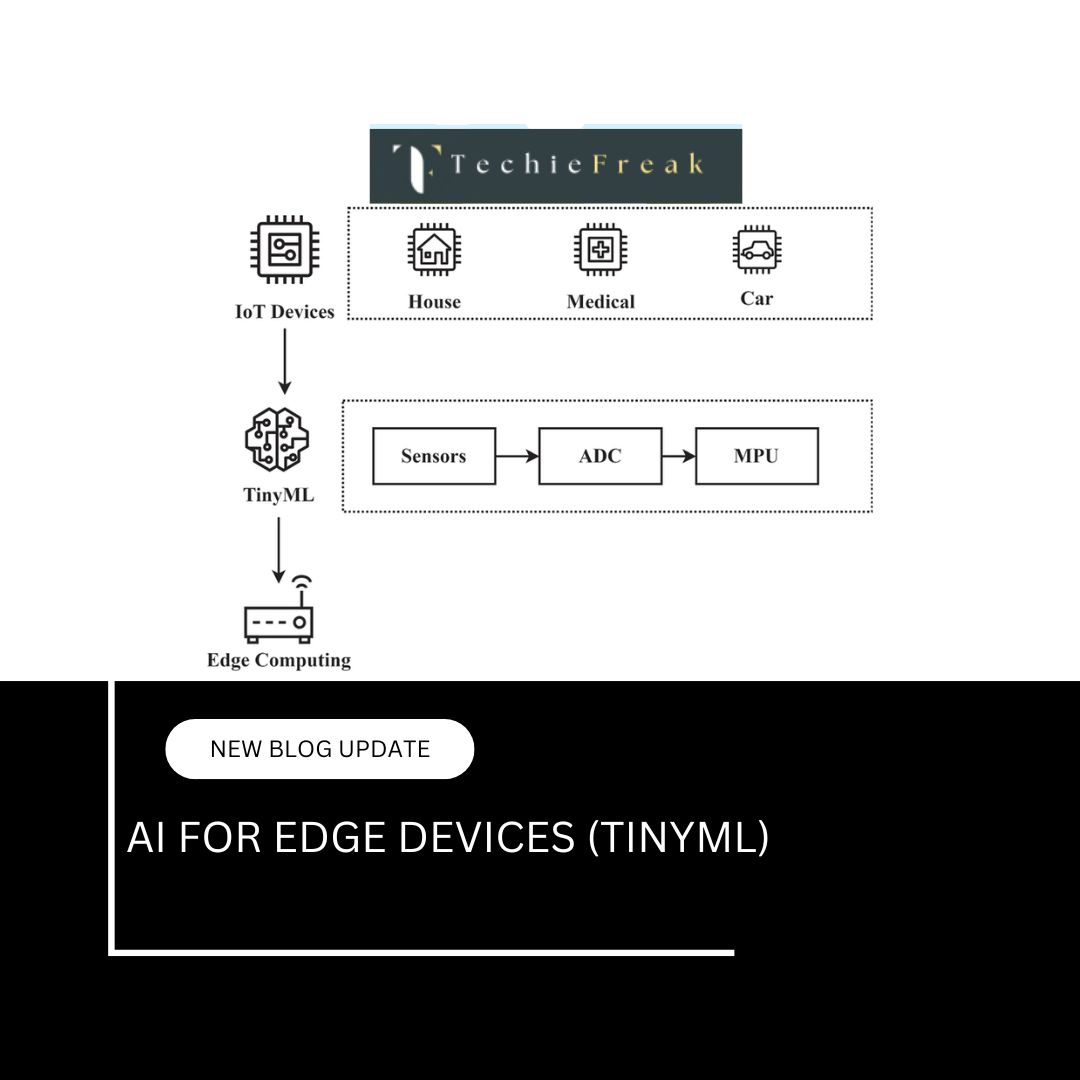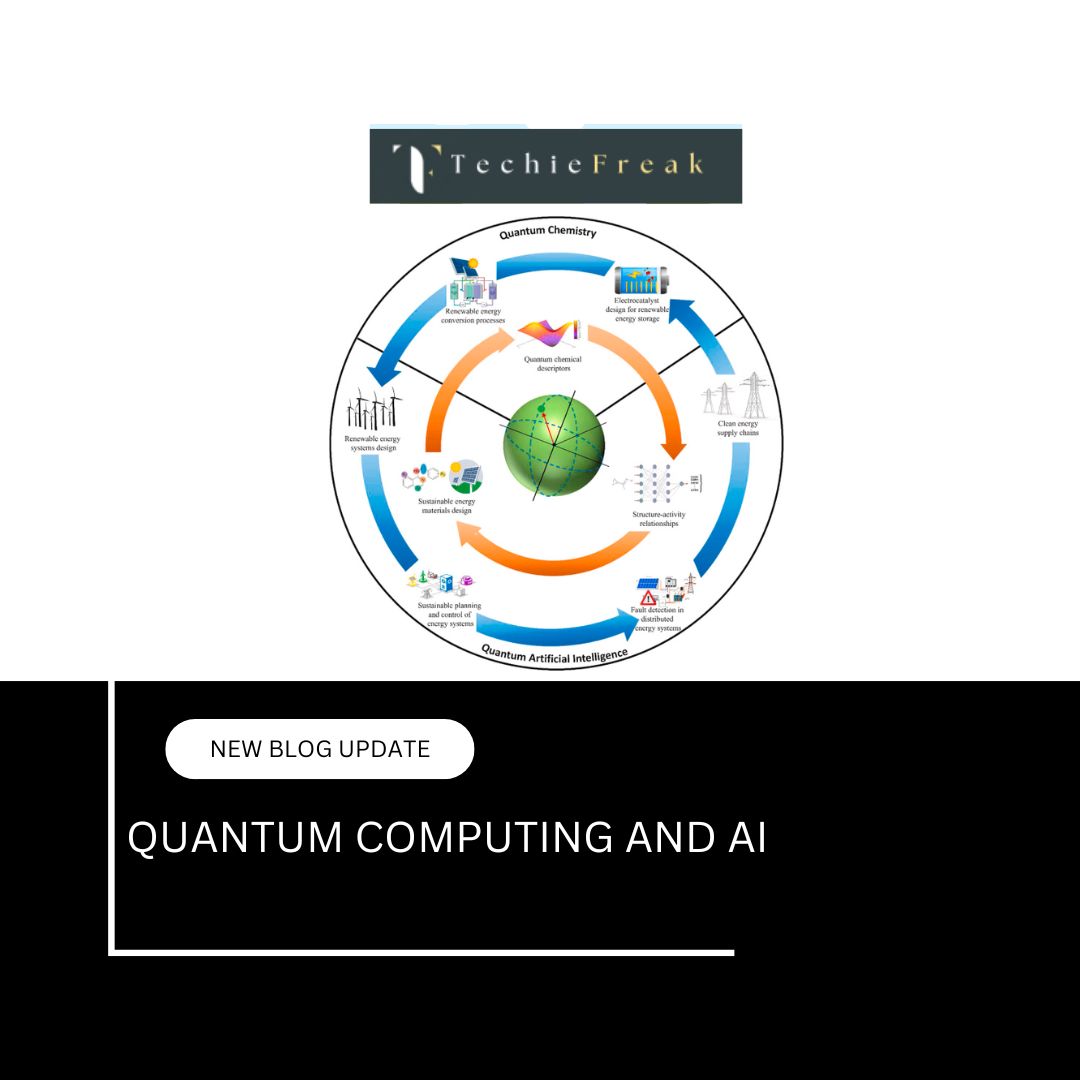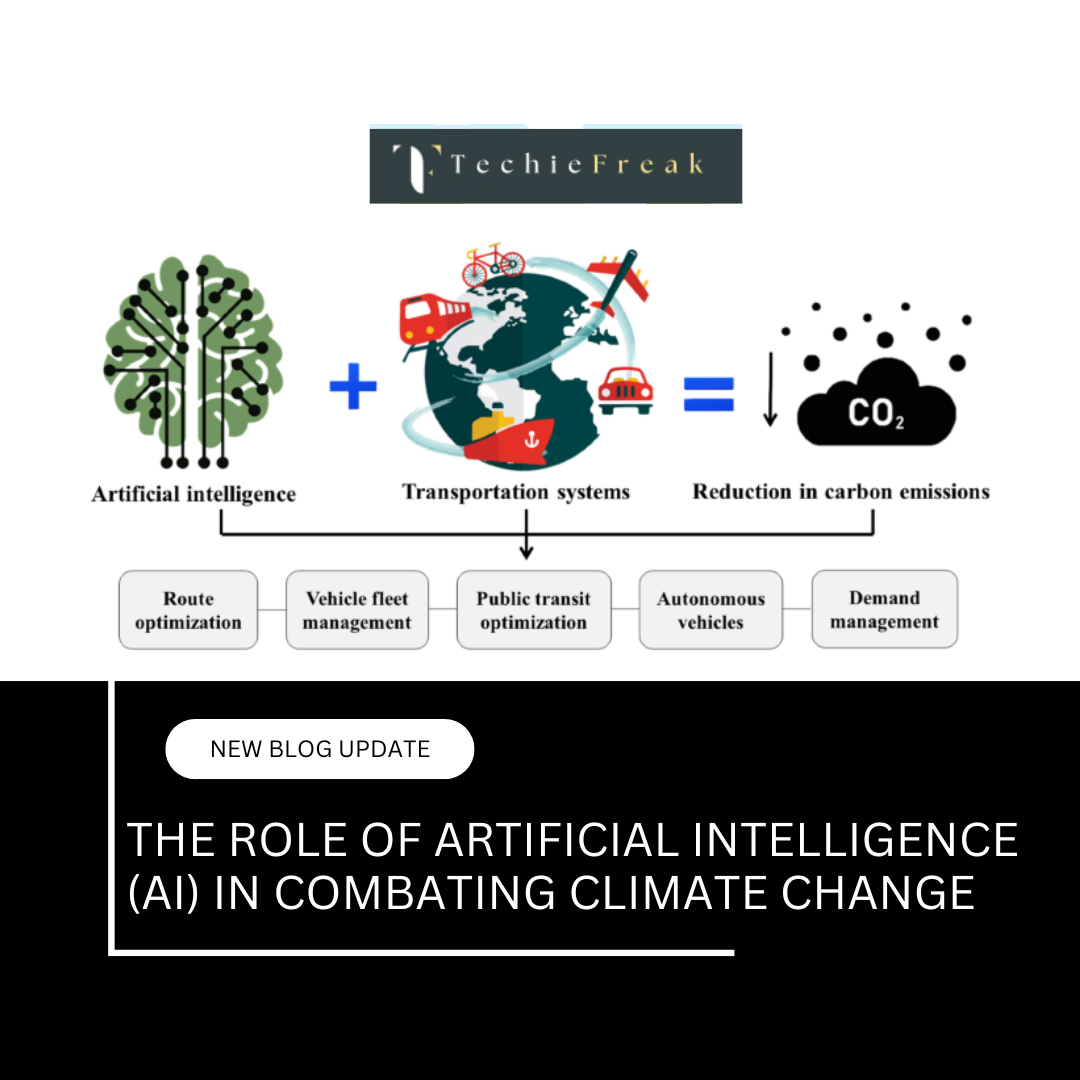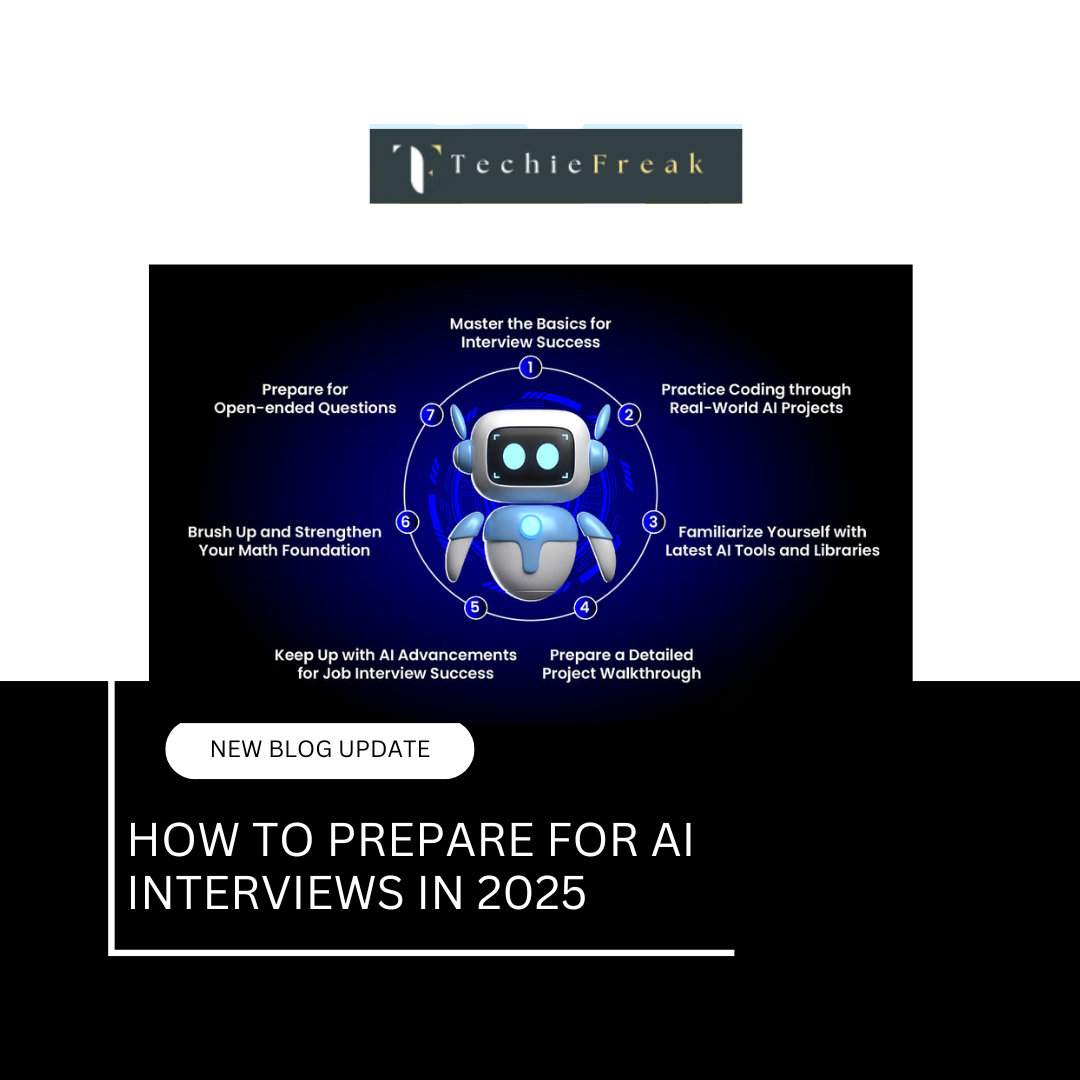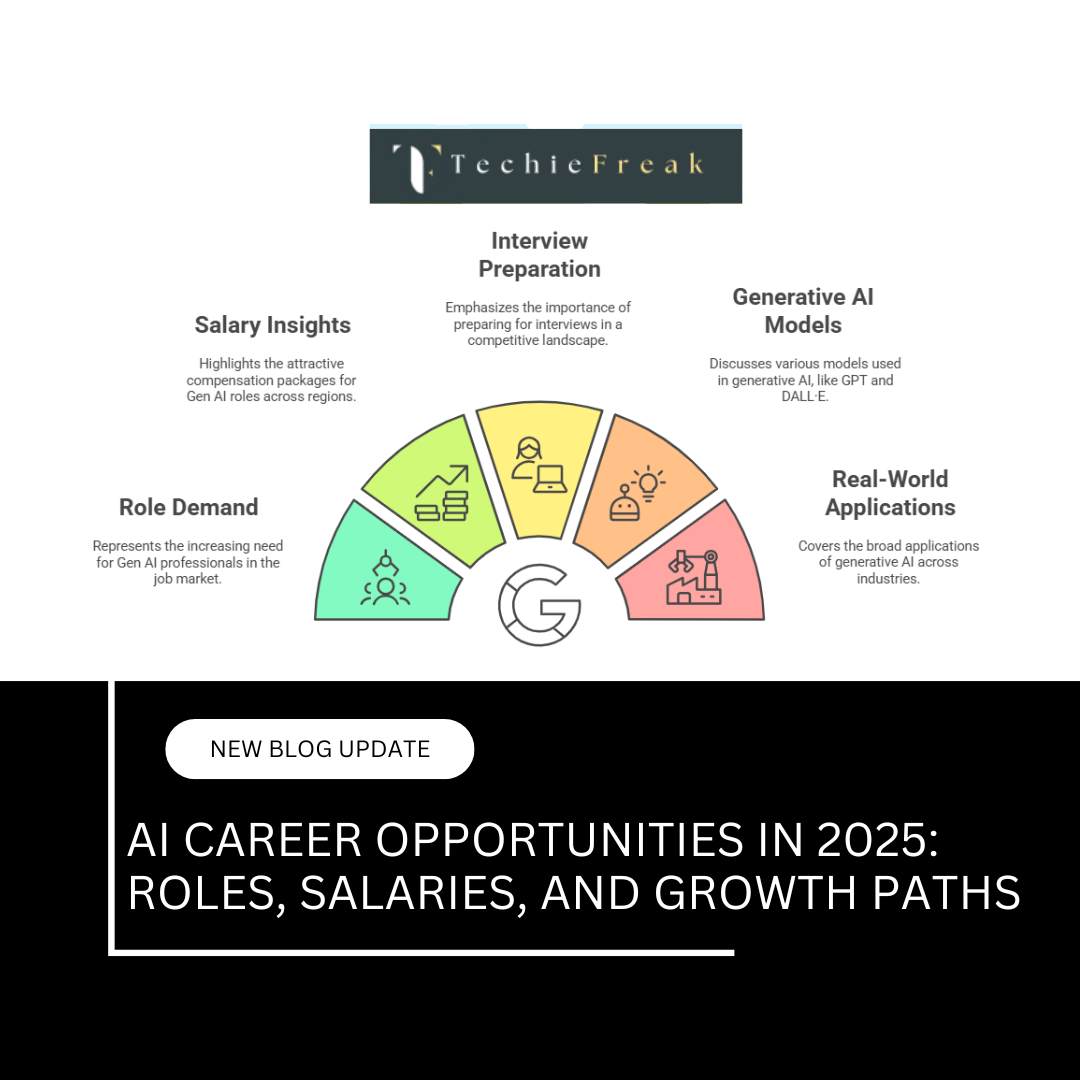Sentiment Analysis & Text Classification: Making Machines Understand Emotions
Introduction
Sentiment analysis is a critical application of Natural Language Processing (NLP) that enables machines to interpret human emotions from text. With the exponential growth of digital communication, businesses, researchers, and developers are leveraging sentiment analysis to gain insights from customer reviews, social media posts, and other textual data. By analyzing sentiment, organizations can make data-driven decisions, improve customer experience, and monitor brand reputation.
How Sentiment Analysis Works
What is Sentiment Analysis?
Sentiment analysis, also known as opinion mining, is a Natural Language Processing (NLP) technique used to determine the emotional tone of a given text. It helps analyze whether a piece of text expresses a positive, negative, or neutral sentiment.
This technique is widely used in:
- Social Media Monitoring – Tracking public opinions on brands, products, or events.
- Customer Feedback Analysis – Understanding customer satisfaction levels through reviews.
- Market Research – Analyzing trends based on consumer opinions.
Sentiment Categories
- Positive Sentiment
- Expresses satisfaction, appreciation, or happiness.
- Example: "I absolutely love this product! It is fantastic."
- Neutral Sentiment
- Expresses neither strong positivity nor negativity.
- Example: "The product is okay. It works as expected."
- Negative Sentiment
- Expresses dissatisfaction, frustration, or disappointment.
- Example: "I am very disappointed with this product. It does not meet my expectations."
Some advanced sentiment analysis models also classify text into fine-grained sentiment levels such as:
- Strongly Positive
- Weakly Positive
- Neutral
- Weakly Negative
- Strongly Negative
Techniques Used in Sentiment Analysis
There are three major approaches to sentiment analysis:
1. Lexicon-Based Approach
The lexicon-based approach relies on predefined dictionaries of words that are associated with specific sentiment scores. Each word in the text is matched with sentiment values from these dictionaries, and the overall sentiment is determined based on aggregated scores.
Popular Lexicon-Based Methods:
VADER (Valence Aware Dictionary and sEntiment Reasoner) – VADER is optimized for social media sentiment analysis and works well with short texts like tweets.
Specialized for social media sentiment analysis.
SentiWordNet – SentiWordNet assigns sentiment scores to words based on their multiple meanings in WordNet.
Example: Using VADER in Python
from nltk.sentiment import SentimentIntensityAnalyzer
import nltk
nltk.download('vader_lexicon')
sia = SentimentIntensityAnalyzer()
text = "This product is absolutely amazing! I love it."
sentiment = sia.polarity_scores(text)
print(sentiment)
Output:
{'neg': 0.0, 'neu': 0.327, 'pos': 0.673, 'compound': 0.8481}
The compound score indicates the overall sentiment:
- Positive if compound > 0.05
- Negative if compound < -0.05
- Neutral if -0.05 ≤ compound ≤ 0.05
Example: Using SentiWordNet in Python
from nltk.corpus import sentiwordnet as swn
import nltk
nltk.download('sentiwordnet')
nltk.download('wordnet')
# Get sentiment scores for a word
word = list(swn.senti_synsets('happy'))[0]
print(f"Positive Score: {word.pos_score()}")
print(f"Negative Score: {word.neg_score()}")
print(f"Neutral Score: {word.obj_score()}")
Output:
Positive Score: 0.875
Negative Score: 0.0
Neutral Score: 0.125 Advantages:
- Works well with short texts, such as tweets and reviews.
- Does not require labeled training data.
Disadvantages:
- Struggles with sarcasm, irony, and contextual meaning.
- Limited accuracy for complex sentence structures.
2. Machine Learning-Based Approach
The machine learning-based approach involves training statistical models on labeled datasets to classify sentiment. These models use feature extraction techniques such as TF-IDF (Term Frequency-Inverse Document Frequency) and word embeddings to learn patterns in text.
Popular Machine Learning Models for Sentiment Analysis:
- Naïve Bayes Classifier – A probabilistic model that works well for text classification.
- Support Vector Machines (SVM) – A robust classifier that separates sentiment categories with high accuracy.
- Random Forest – An ensemble learning method that combines multiple decision trees.
Example: Using Naïve Bayes in Python with scikit-learn
from sklearn.feature_extraction.text import CountVectorizer
from sklearn.naive_bayes import MultinomialNB
# Example dataset
texts = ["I love this product", "This is the worst purchase", "It is okay, not great"]
labels = ["positive", "negative", "neutral"]
# Convert text into feature vectors
vectorizer = CountVectorizer()
X = vectorizer.fit_transform(texts)
# Train a Naïve Bayes classifier
model = MultinomialNB()
model.fit(X, labels)
# Test with a new sentence
test_text = ["I really enjoy using this"]
X_test = vectorizer.transform(test_text)
prediction = model.predict(X_test)
print(prediction)
Support Vector Machine (SVM) for Sentiment Analysis
from sklearn.feature_extraction.text import CountVectorizer
from sklearn.svm import SVC
from sklearn.pipeline import make_pipeline
# Sample dataset
texts = ["I love this product", "This is terrible", "Amazing experience!", "Worst purchase ever", "Absolutely fantastic!"]
labels = ["positive", "negative", "positive", "negative", "positive"]
# Create an SVM model pipeline
svm_model = make_pipeline(CountVectorizer(), SVC(kernel="linear"))
# Train the model
svm_model.fit(texts, labels)
# Test on new data
test_text = ["The service was excellent"]
prediction = svm_model.predict(test_text)
print("SVM Prediction:", prediction)
How it works:
- Converts text into numerical features using CountVectorizer.
- Uses a linear SVM to classify sentiments.
- Predicts whether new text is positive or negative.
Random Forest for Sentiment Analysis
from sklearn.ensemble import RandomForestClassifier
# Create a Random Forest model pipeline
rf_model = make_pipeline(CountVectorizer(), RandomForestClassifier(n_estimators=100, random_state=42))
# Train the model
rf_model.fit(texts, labels)
# Test on new data
rf_prediction = rf_model.predict(test_text)
print("Random Forest Prediction:", rf_prediction)
How it works:
- Uses multiple decision trees to classify sentiments.
- More robust than single decision trees.
- Works well with larger datasets.
Advantages:
- Can be trained on domain-specific datasets for better accuracy.
- Handles a variety of text structures.
Disadvantages:
- Requires labeled training data.
- Performance depends on feature extraction quality.
3. Deep Learning-Based Approach
Deep learning techniques use neural networks to automatically learn sentiment features from text. These models can capture context, semantics, and relationships between words, making them highly effective.
Popular Deep Learning Models for Sentiment Analysis:
- LSTMs (Long Short-Term Memory Networks) – Good for capturing long-term dependencies in text.
- CNNs (Convolutional Neural Networks) – Effective for extracting sentiment features from text sequences.
- Transformers (BERT, GPT, T5) – State-of-the-art models that provide high accuracy in sentiment classification.
Example: Using BERT for Sentiment Analysis in Python
from transformers import pipeline
# Load a pre-trained sentiment analysis model
sentiment_pipeline = pipeline("sentiment-analysis")
# Analyze sentiment
text = "I really enjoyed the experience. The service was excellent."
result = sentiment_pipeline(text)
print(result)
Output:
[{'label': 'POSITIVE', 'score': 0.999}]
Advantages:
- Achieves high accuracy and understands complex language patterns.
- Handles contextual sentiment well.
Disadvantages:
- Requires large datasets for training.
- Computationally expensive.
Comparison of Sentiment Analysis Techniques
| Approach | Pros | Cons |
|---|---|---|
| Lexicon-Based | Fast, easy to implement, no training needed | Struggles with sarcasm and complex context |
| Machine Learning | Customizable, good accuracy with training data | Needs labeled data, requires feature extraction |
| Deep Learning | High accuracy, understands complex language | Computationally expensive, data-intensive |
Applications of Sentiment Analysis
Sentiment analysis is widely used across various industries, including:
1. Customer Feedback Analysis
- Helps businesses understand customer opinions from product reviews, surveys, and support tickets.
- Enables companies to identify areas for improvement and enhance customer satisfaction.
2. Social Media Monitoring
- Brands use sentiment analysis to track public perception and engagement on platforms like Twitter, Facebook, and Instagram.
- Helps in crisis management and gauging the impact of marketing campaigns.
3. Financial and Stock Market Predictions
- Financial analysts use sentiment analysis to analyze news articles, earnings reports, and social media sentiment to predict stock market trends.
4. Political and Public Opinion Analysis
- Governments and researchers analyze public sentiment towards policies, elections, and social issues.
- Helps in policymaking and crisis management.
5. Spam Detection and Content Moderation
- Identifies offensive, fake, or spam content in user-generated platforms.
- Used in online forums, customer support chatbots, and content moderation systems.
Machine Learning vs. Deep Learning for Sentiment Analysis
| Feature | Machine Learning | Deep Learning |
|---|---|---|
| Examples | Naïve Bayes, SVM, Random Forest | LSTMs, CNNs, Transformers (BERT) |
| Feature Engineering | Requires manual feature extraction | Learns features automatically |
| Accuracy | Moderate | High (with large datasets) |
| Computation | Lightweight | Requires GPUs and large datasets |
Text Classification
What is Text Classification?
Text classification is a Natural Language Processing (NLP) technique used to automatically categorize text into predefined labels. It helps in organizing, structuring, and analyzing large amounts of text data.
Some common applications of text classification include:
- Spam Detection – Classifying emails as spam or non-spam.
- Sentiment Analysis – Categorizing text as positive, neutral, or negative.
- Topic Categorization – Assigning news articles to topics like sports, politics, or technology.
- Customer Support Automation – Sorting queries into relevant departments.
Types of Text Classification
1. Binary Classification
- Classifies text into two categories (e.g., spam vs. non-spam, positive vs. negative).
- Example: Email spam detection (Spam/Not Spam).
2. Multi-Class Classification
- Classifies text into multiple categories, with each text belonging to one category only.
- Example: News article classification (Politics, Sports, Business, Technology).
3. Multi-Label Classification
- Assigns multiple labels to a single text.
- Example: A movie review classified as both "Comedy" and "Romance".
Approaches to Text Classification
1. Rule-Based Approach
Uses manually defined rules (e.g., keyword matching, regular expressions) to classify text.
Example: Spam Detection Using Rule-Based Approach
def classify_email(text):
spam_keywords = ["win", "lottery", "free", "prize"]
if any(word in text.lower() for word in spam_keywords):
return "Spam"
return "Not Spam"
print(classify_email("Congratulations! You won a free prize!")) # Output: Spam
Advantages:
- Easy to implement.
- No need for training data.
Disadvantages:
- Limited accuracy for complex text.
- Requires manual rule updates.
2. Machine Learning-Based Approach
Uses algorithms trained on labeled datasets to classify text.
Popular Machine Learning Algorithms for Text Classification:
- Naïve Bayes – Probabilistic classifier based on word frequencies.
- Support Vector Machines (SVM) – Separates data into categories with a hyperplane.
- Logistic Regression – Estimates probabilities of class membership.
- Random Forest – Uses multiple decision trees for classification.
Example: Text Classification Using Naïve Bayes in Python
from sklearn.feature_extraction.text import CountVectorizer
from sklearn.naive_bayes import MultinomialNB
# Training data
texts = ["This is a great product", "Horrible service", "Amazing experience", "Worst purchase ever"]
labels = ["positive", "negative", "positive", "negative"]
# Convert text into numerical feature vectors
vectorizer = CountVectorizer()
X = vectorizer.fit_transform(texts)
# Train Naïve Bayes model
model = MultinomialNB()
model.fit(X, labels)
# Classify new text
test_text = ["Excellent quality"]
X_test = vectorizer.transform(test_text)
prediction = model.predict(X_test)
print(prediction) # Output: ['positive']
Advantages:
- More accurate than rule-based methods.
- Customizable for different applications.
Disadvantages:
- Requires labeled training data.
- Accuracy depends on feature extraction.
3. Deep Learning-Based Approach
Uses neural networks to learn patterns and relationships in text.
Popular Deep Learning Models for Text Classification:
- Recurrent Neural Networks (RNNs) – Good for sequential text data.
- Long Short-Term Memory (LSTMs) – Effective for capturing long-term dependencies.
- CNNs (Convolutional Neural Networks) – Extracts features from text efficiently.
- Transformers (BERT, GPT, T5) – State-of-the-art models with high accuracy.
Example: Text Classification Using BERT in Python
from transformers import pipeline
# Load a pre-trained text classification model
classifier = pipeline("text-classification")
# Classify text
text = "The customer support was extremely helpful and polite."
result = classifier(text)
print(result)
Output:
[{'label': 'POSITIVE', 'score': 0.999}]
Advantages:
- High accuracy.
- Understands complex sentence structures.
Disadvantages:
- Requires large amounts of data.
- Computationally expensive.
Real-World Applications of Text Classification
1. Spam Detection in Emails
- Use Case: Identifying and filtering spam emails.
- How It Works:
- Rule-based approaches detect specific words like "win," "lottery," "free."
- Machine learning models (e.g., Naïve Bayes) analyze email text and metadata.
- Deep learning (e.g., BERT) can differentiate between promotional and phishing emails.
- Example: Gmail’s spam filter uses machine learning to categorize emails into Primary, Social, Promotions, and Spam folders.
2. Sentiment Analysis for Reviews
- Use Case: Understanding customer emotions in product reviews.
- How It Works:
- Rule-based: Positive words (amazing, great) vs. Negative words (bad, terrible).
- Machine learning: Models like SVM classify reviews into positive/negative/neutral.
- Deep learning: Transformers like BERT understand context and sarcasm.
- Example: Amazon and TripAdvisor use sentiment analysis to recommend products based on user feedback.
3. Chatbot Intent Recognition
- Use Case: Identifying user intent in chatbots (e.g., customer support).
- How It Works:
- Machine learning models map customer queries to predefined intents.
- Deep learning (LSTMs, Transformers) improves response accuracy.
- Example: Bank chatbots classify queries into categories like account balance, credit card issues, or loan inquiries.
4. Fake News Detection
- Use Case: Identifying misinformation and fake news articles.
- How It Works:
- Machine learning classifies news as real or fake based on linguistic patterns.
- Deep learning (CNN, BERT) captures text structure and semantic meaning.
- Example: Facebook and Twitter use AI-based fake news classifiers.
5. Customer Support Ticket Classification
- Use Case: Automatically categorizing support tickets into billing, technical issues, etc.
- How It Works:
- Machine learning (Logistic Regression, SVM) assigns categories based on keywords.
- Deep learning captures sentence context for better classification.
- Example: Zendesk and Freshdesk automate support ticket classification.
Challenges in Text Classification
- Ambiguity in Language
- Example: "I saw a bat." (Is it an animal or a sports bat?)
- Solution: Deep learning models (BERT) can infer meaning based on sentence context.
- Handling Slang and Misspellings
- Example: "Dis movie is lit af!"
- Solution: Pre-trained word embeddings like Word2Vec improve understanding.
- Class Imbalance
- Example: If 90% of messages are "Not Spam" and 10% are "Spam," the model may ignore the minority class.
- Solution: Use oversampling (SMOTE) or class-weighted loss functions in deep learning.
- Context Understanding
- Example: "The delivery was slow, but I love the product!" (Should this be positive or negative?)
- Solution: Transformer-based models like BERT understand multi-layered sentiments.
Comparison of Text Classification Techniques
| Approach | Pros | Cons |
|---|---|---|
| Rule-Based | Simple, no training required | Limited accuracy, difficult to scale |
| Machine Learning | Customizable, good accuracy with training data | Requires labeled data, feature engineering needed |
| Deep Learning | High accuracy, understands context | Data-intensive, computationally expensive |
Sentiment Analysis in Python
1. Sentiment Analysis Using VADER
VADER (Valence Aware Dictionary and sEntiment Reasoner) is a lexicon-based sentiment analysis tool available in the nltk library. It assigns sentiment scores to words and computes an overall sentiment score.
import nltk
from nltk.sentiment import SentimentIntensityAnalyzer
nltk.download('vader_lexicon')
sia = SentimentIntensityAnalyzer()
text = "I absolutely love this product! It's fantastic."
# Get sentiment scores
sentiment_scores = sia.polarity_scores(text)
print(sentiment_scores)
Output:
{'neg': 0.0, 'neu': 0.2, 'pos': 0.8, 'compound': 0.85}
The compound score determines the overall sentiment:
- Positive sentiment → Compound score > 0
- Negative sentiment → Compound score < 0
- Neutral sentiment → Compound score ≈ 0
2. Text Classification Using Scikit-learn
Scikit-learn provides machine learning models for sentiment classification. Here’s an example using the Naïve Bayes classifier.
from sklearn.feature_extraction.text import CountVectorizer
from sklearn.naive_bayes import MultinomialNB
from sklearn.pipeline import Pipeline
# Sample dataset
texts = ["I love this!", "This is terrible.", "Amazing product!", "Not great", "I hate this."]
labels = [1, 0, 1, 0, 0] # 1 = Positive, 0 = Negative
# Create a pipeline
model = Pipeline([
('vectorizer', CountVectorizer()),
('classifier', MultinomialNB())
])
# Train the model
model.fit(texts, labels)
# Test with new data
test_text = ["This is fantastic!"]
print("Prediction:", model.predict(test_text))
Output:
Prediction: [1] # (Positive Sentiment)
Key Takeaways
Sentiment analysis plays a vital role in understanding human emotions in textual data. Whether applied in business intelligence, finance, politics, or customer service, sentiment analysis provides valuable insights that drive informed decision-making.
While lexicon-based approaches like VADER provide quick and interpretable results, machine learning and deep learning methods enhance accuracy and adaptability. The choice of technique depends on factors such as data availability, computational resources, and required accuracy.
With advancements in transformer models like BERT and GPT, the future of sentiment analysis is becoming even more powerful. Researchers and developers continue to push the boundaries of NLP, making machines better at understanding human emotions and context.
Developers can experiment with different datasets and approaches to build their own sentiment analysis models, integrating them into real-world applications for improved decision-making and automation.
Next Blog- Word Embeddings (Word2Vec, GloVe, and FastText)
.png)
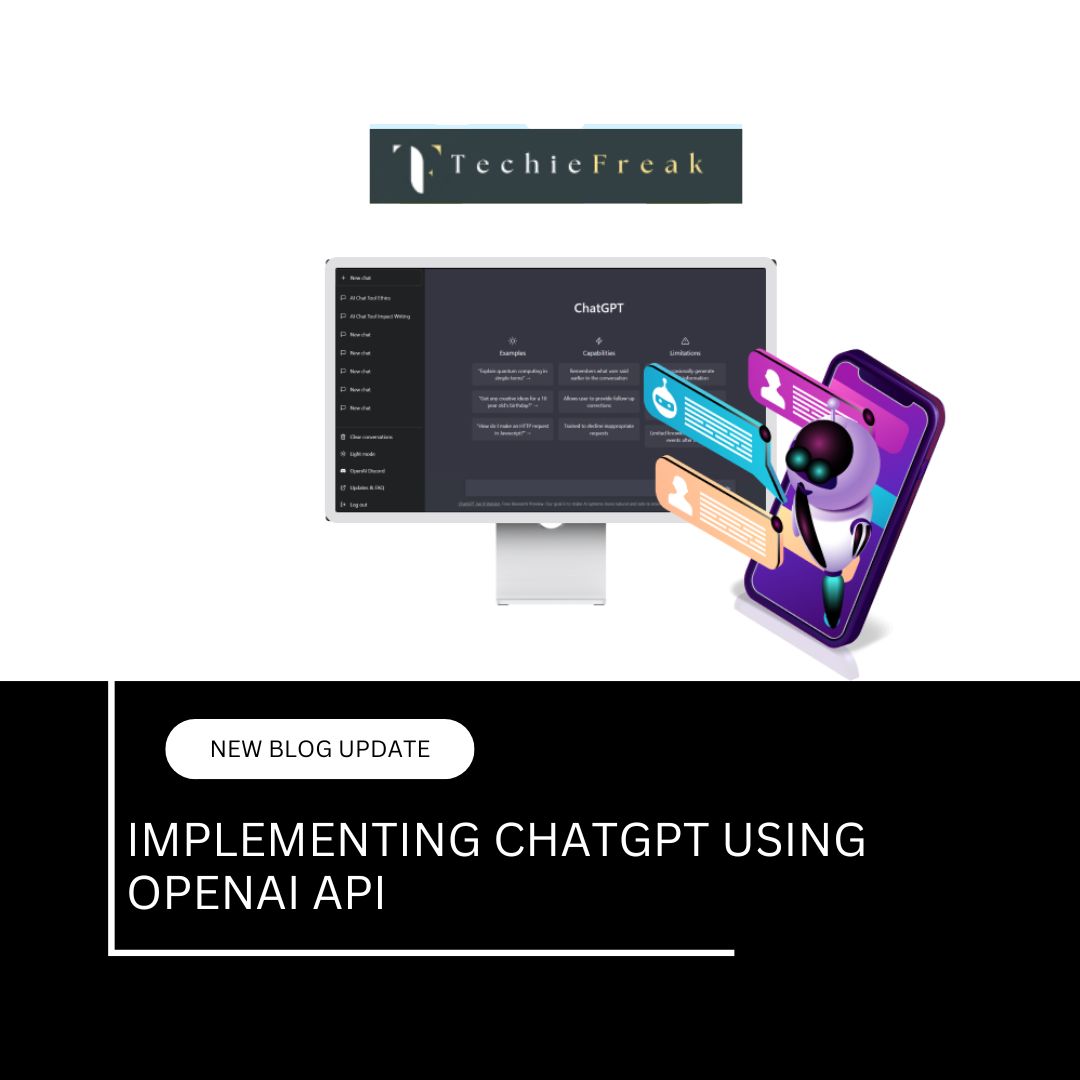
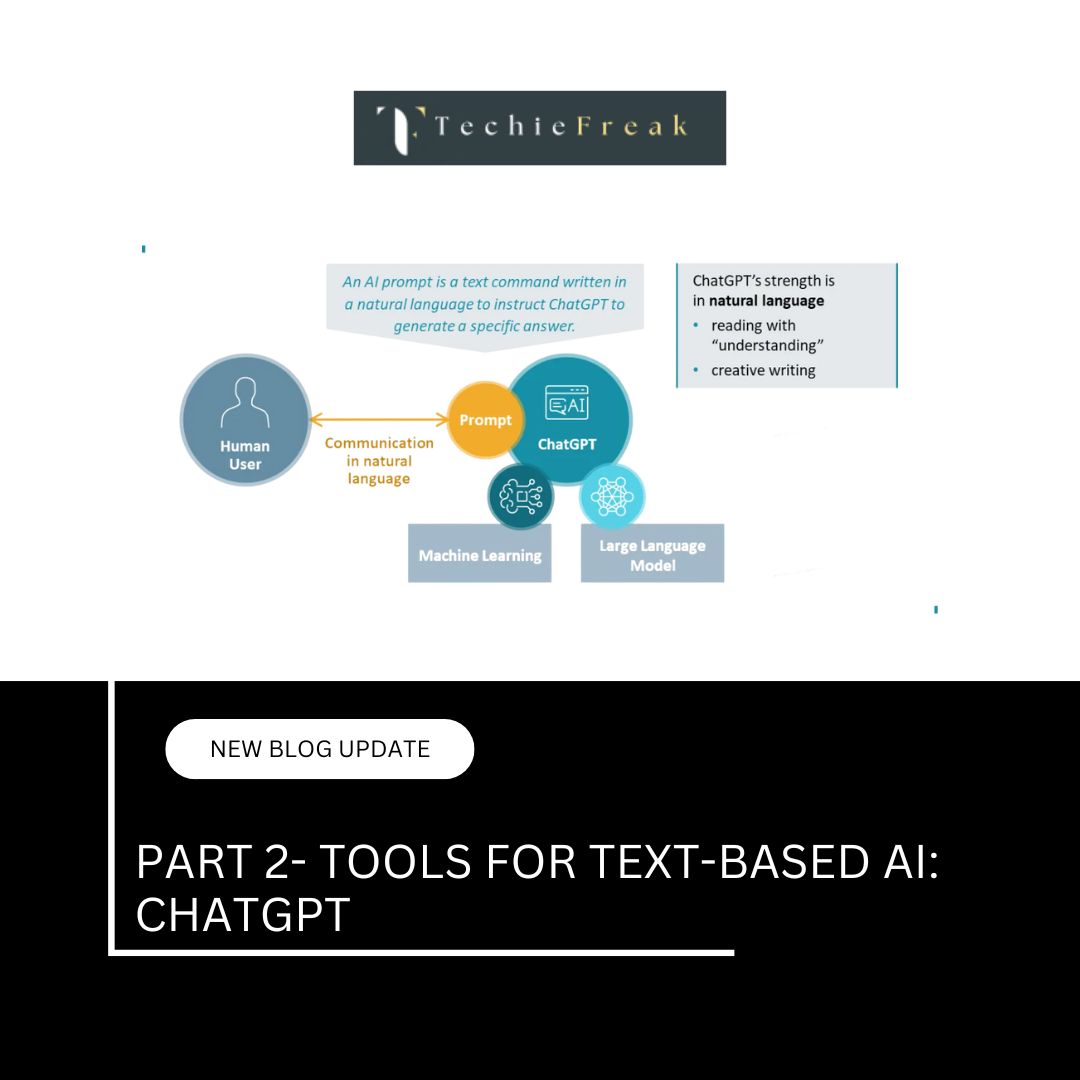
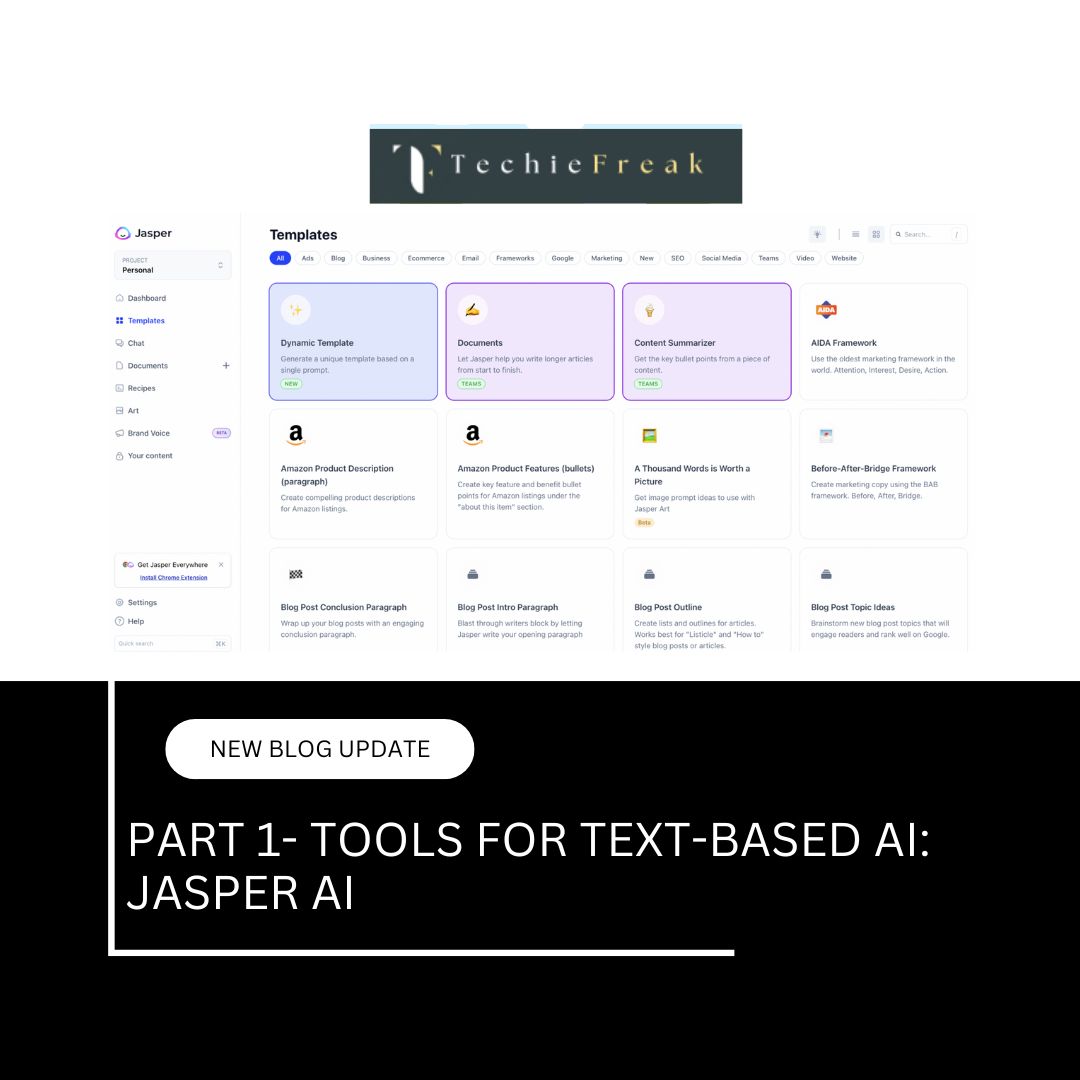


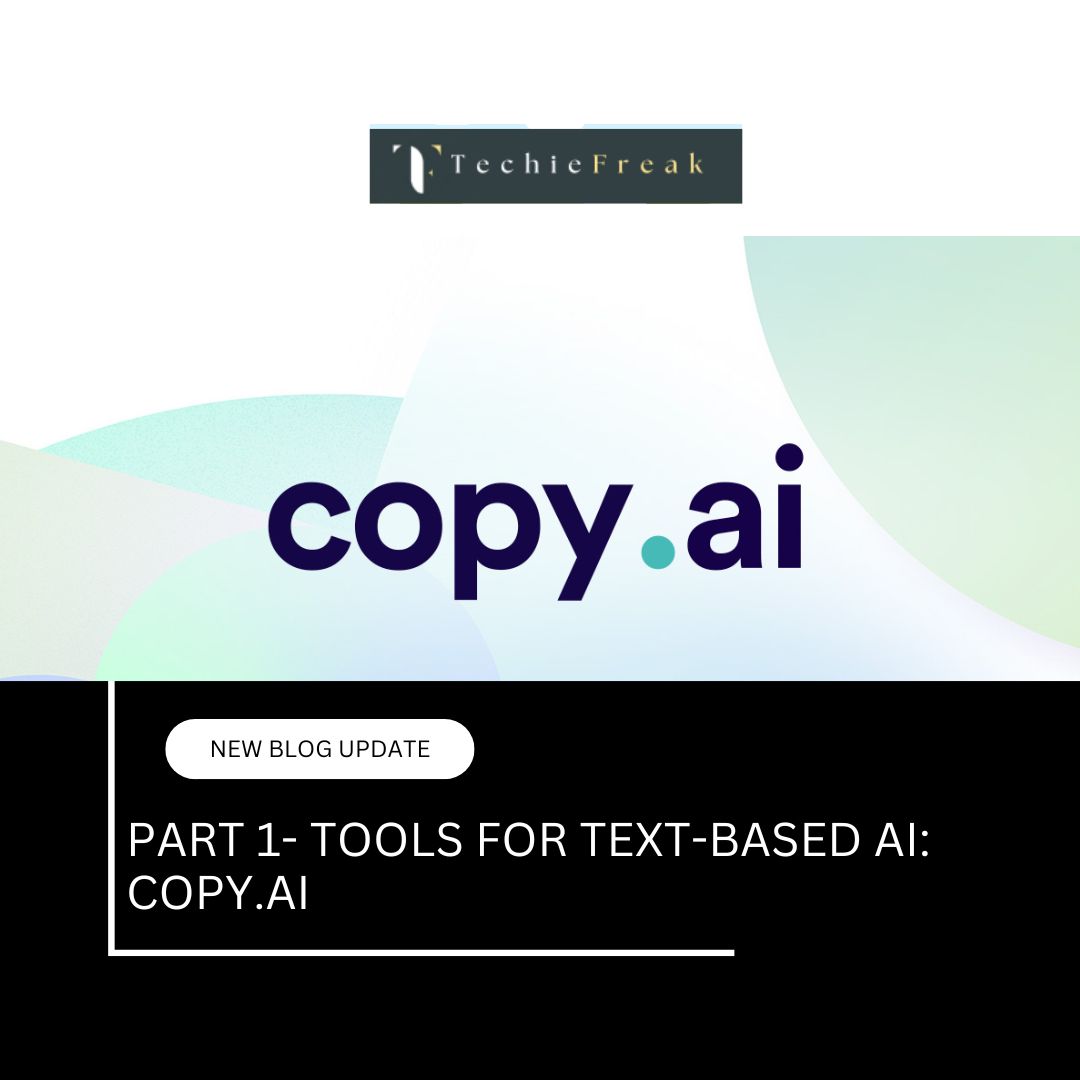
.jpg)
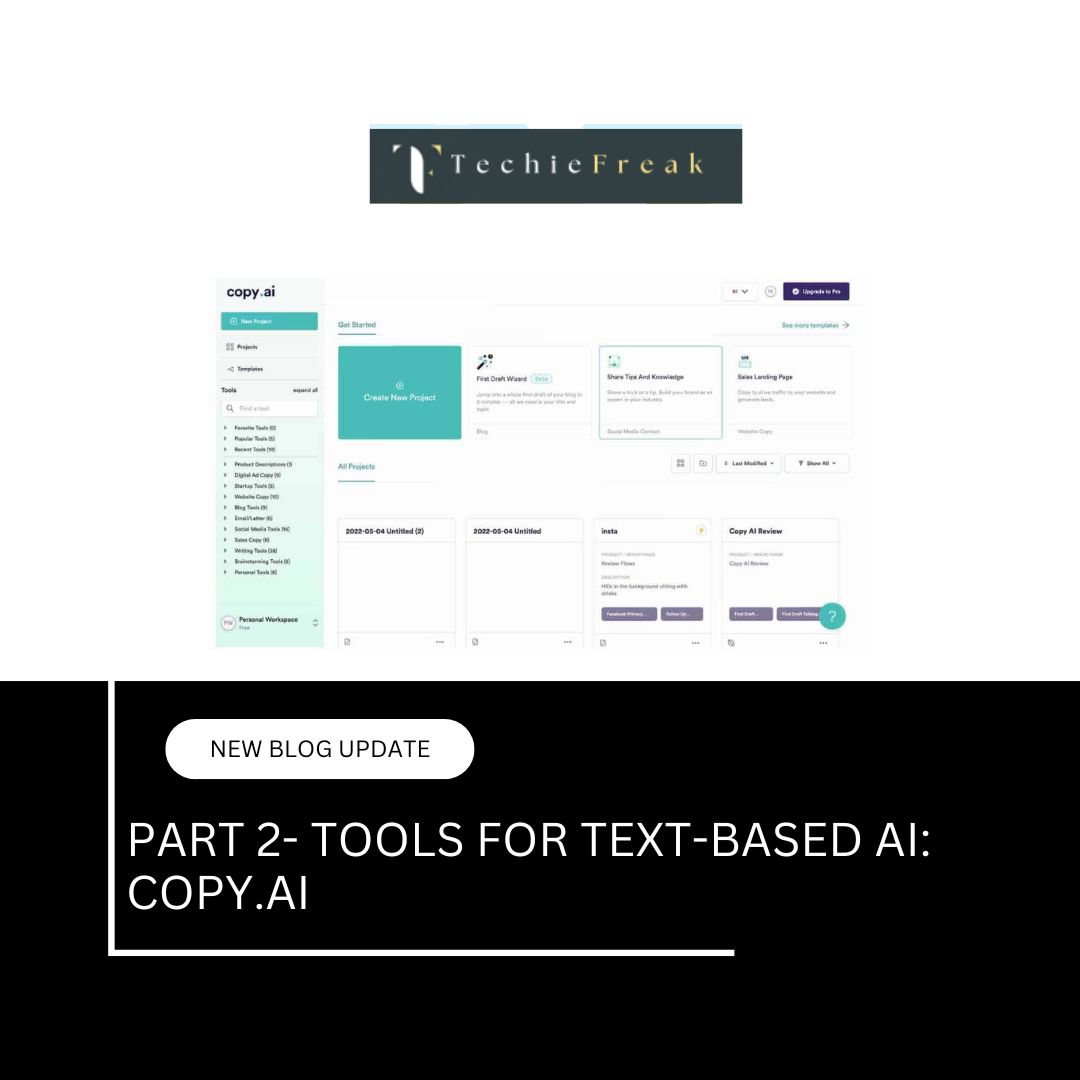
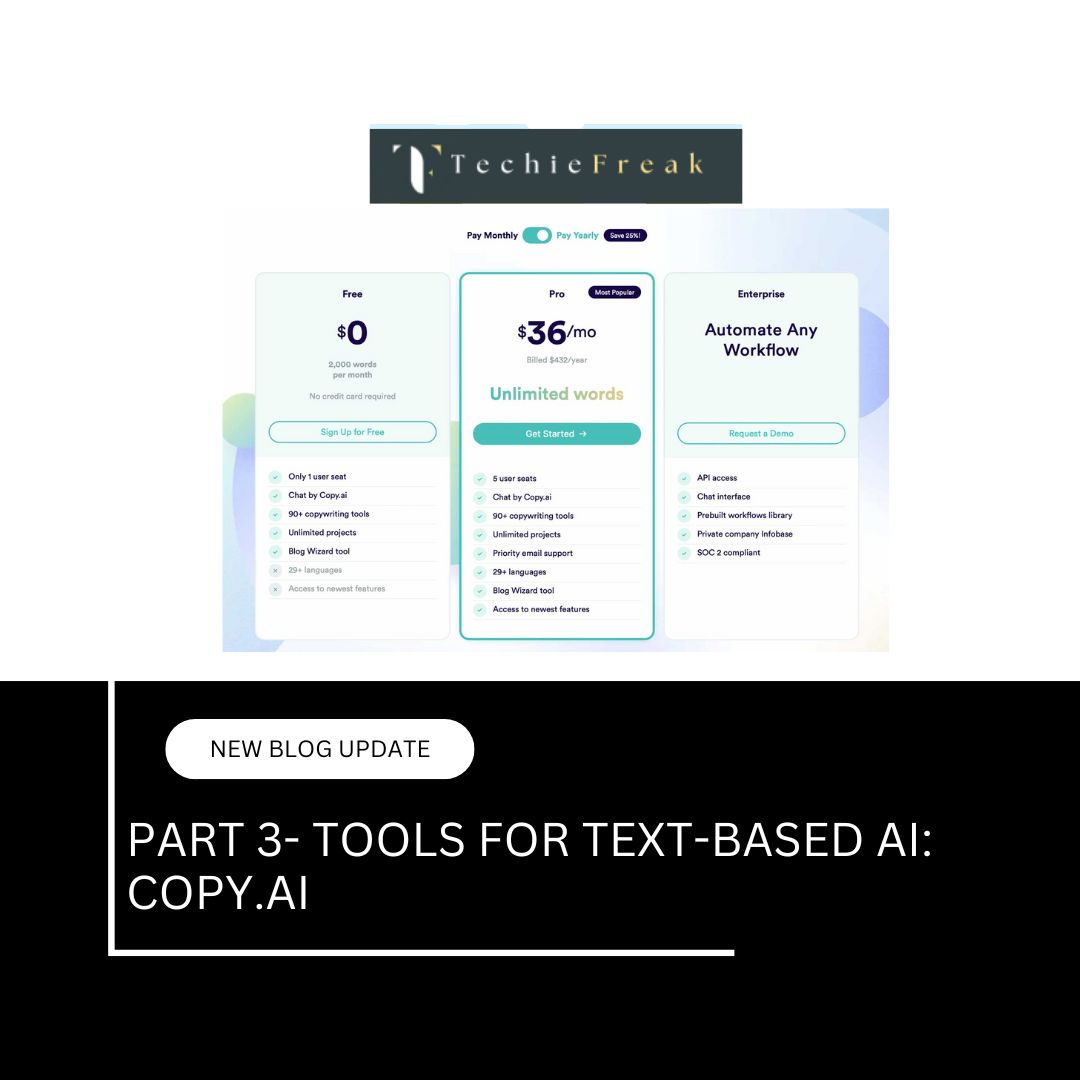
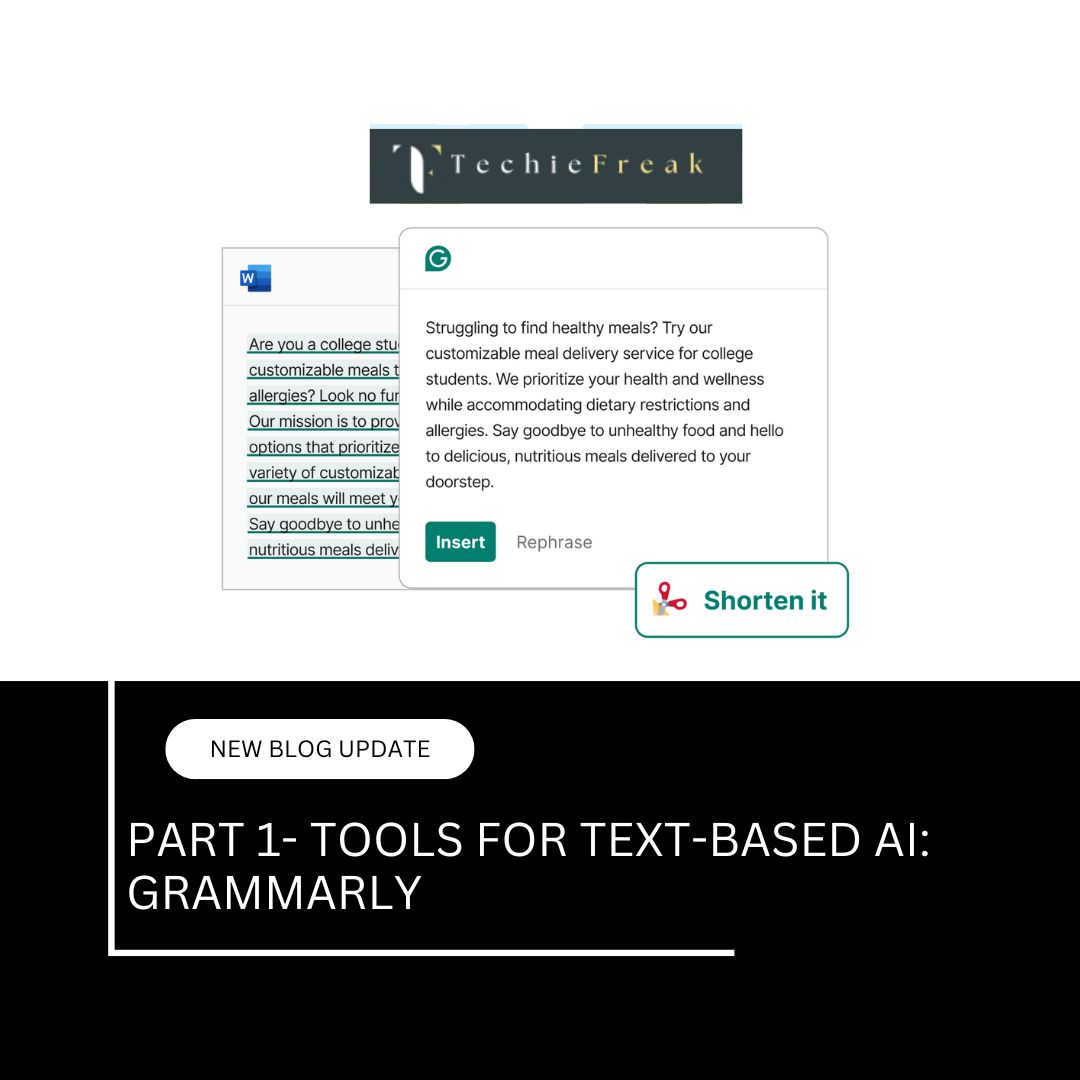
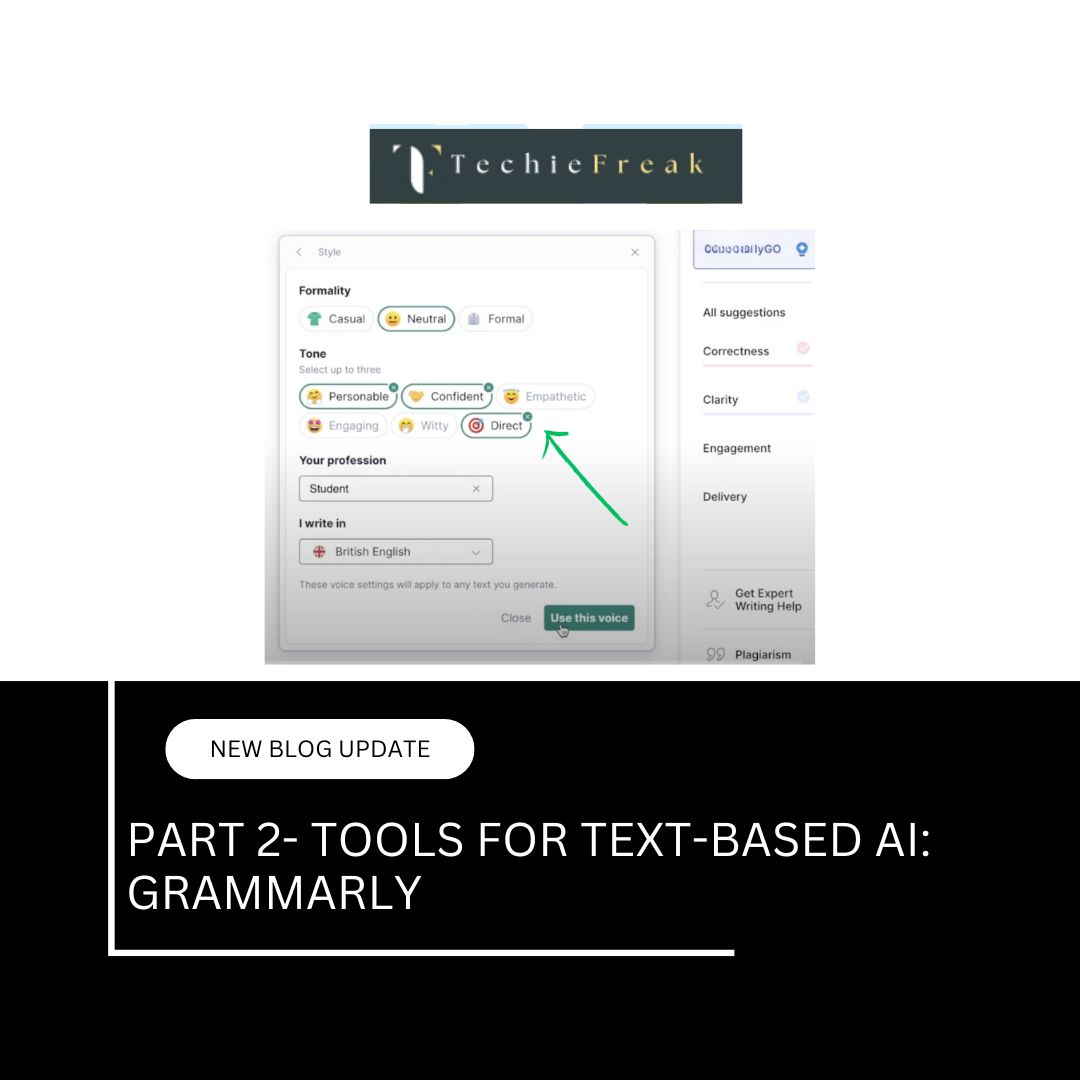
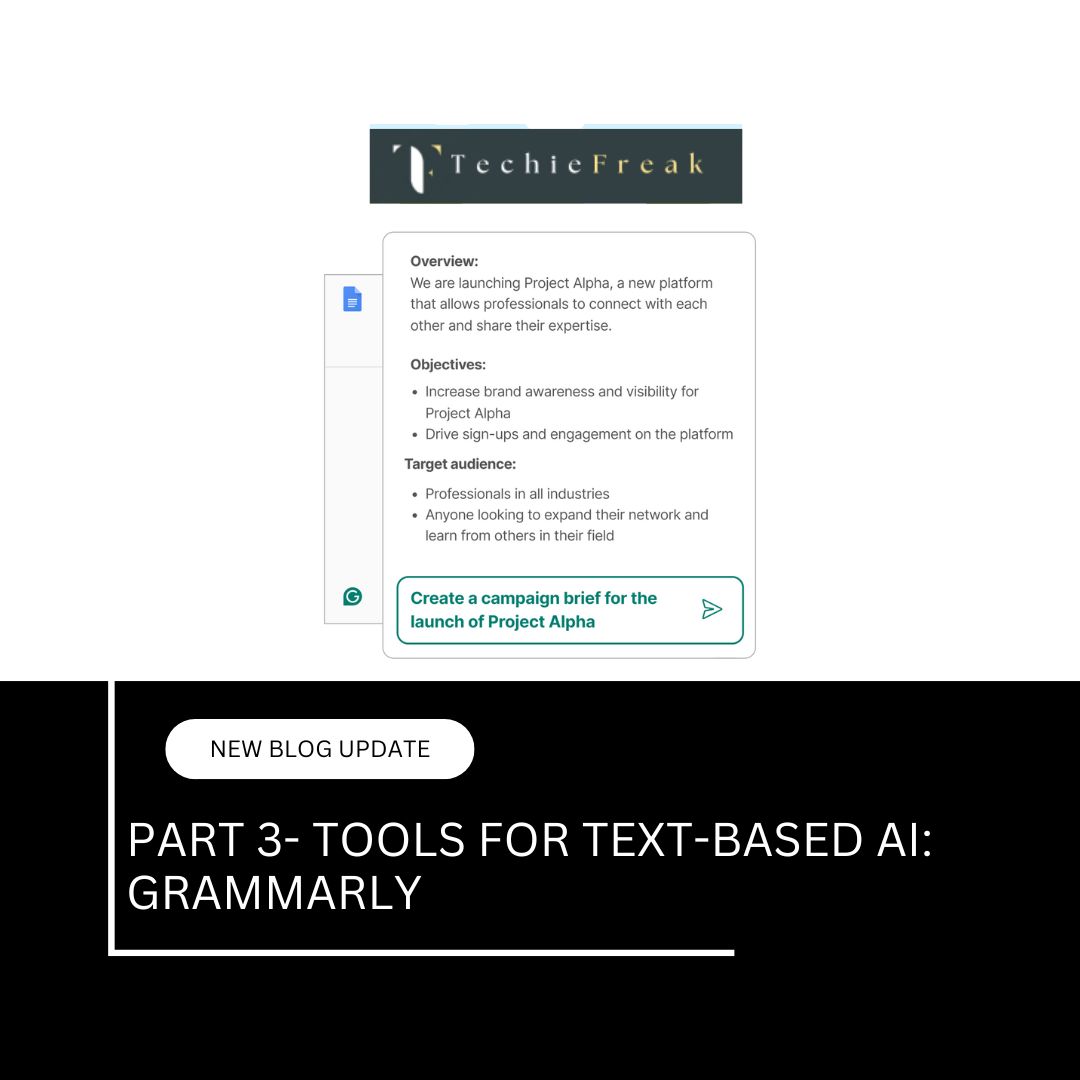
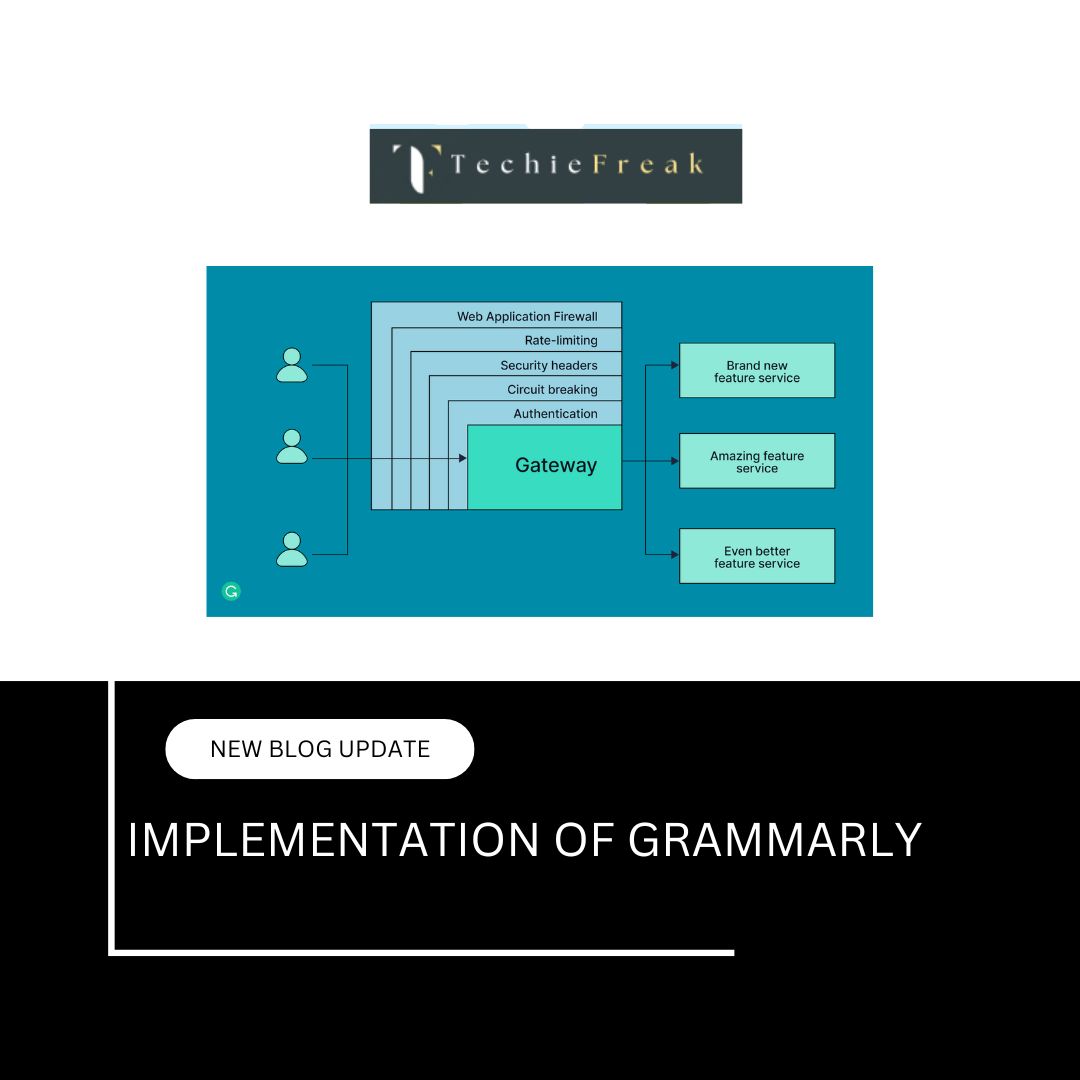


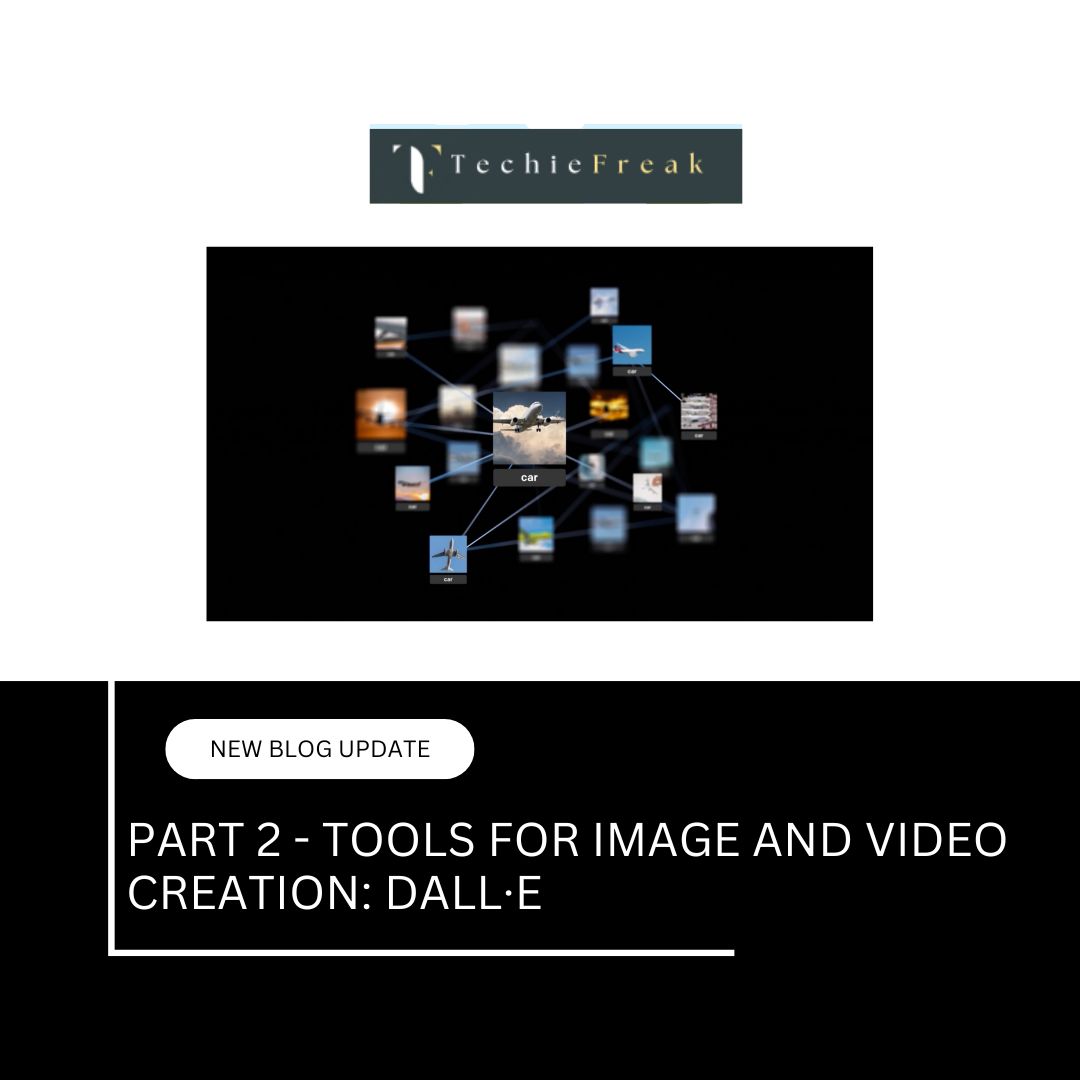

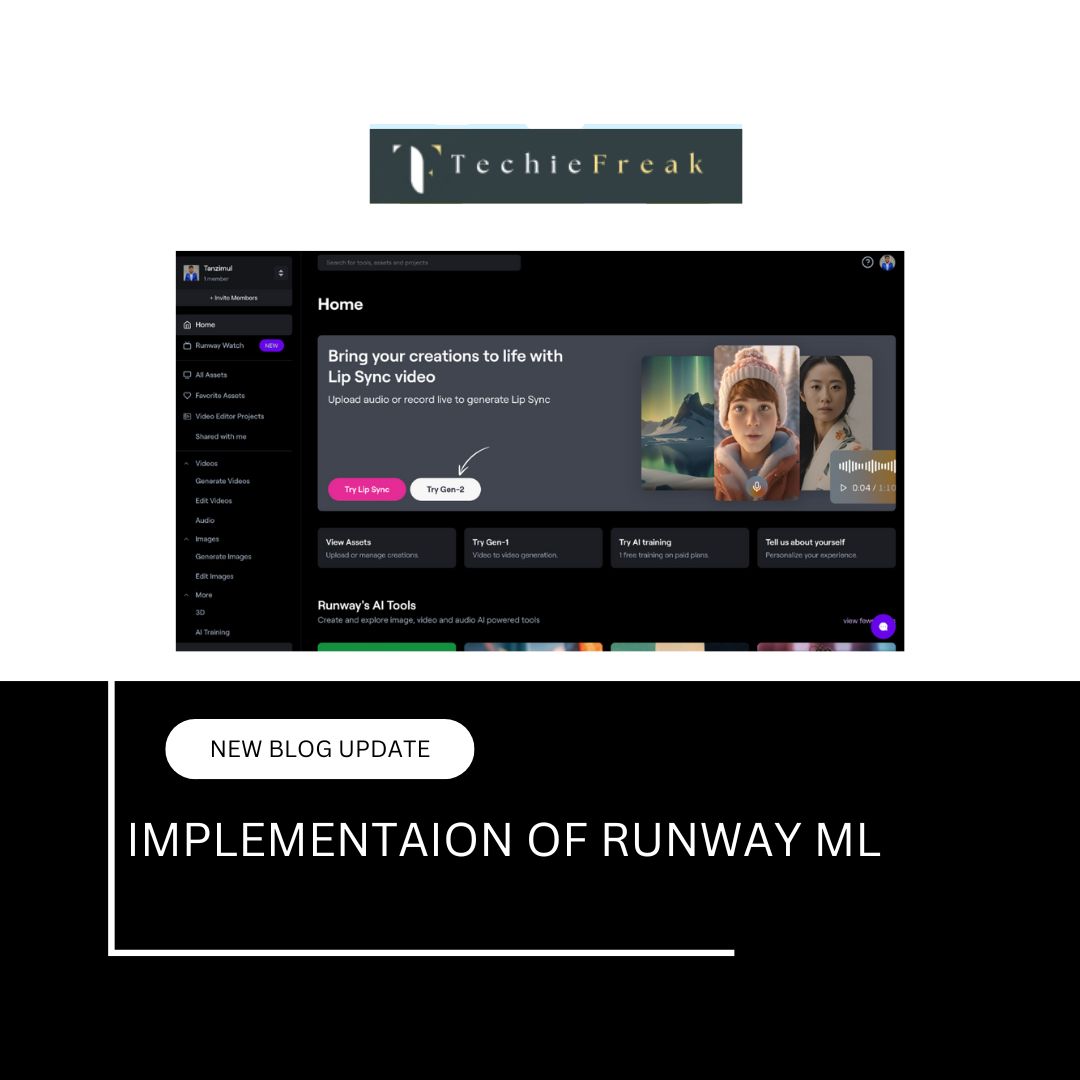


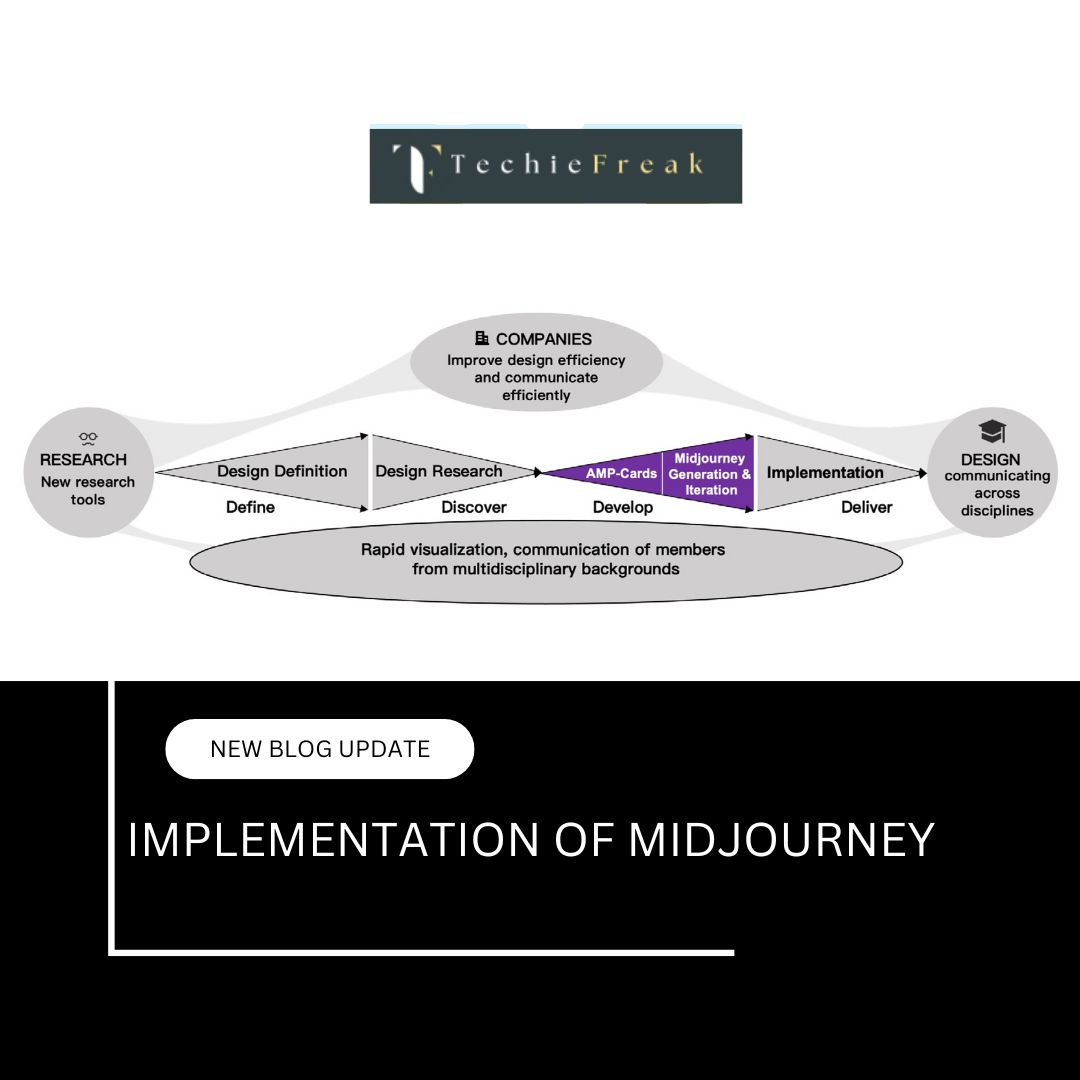
.jpg)


.png)
.png)
.png)
.png)
.png)
.png)
.png)
.png)
.png)
.png)
.png)
.png)
.png)
.png)
.png)
.png)
.png)
.png)
.png)
.png)
.png)
.png)
.png)
.png)
.png)
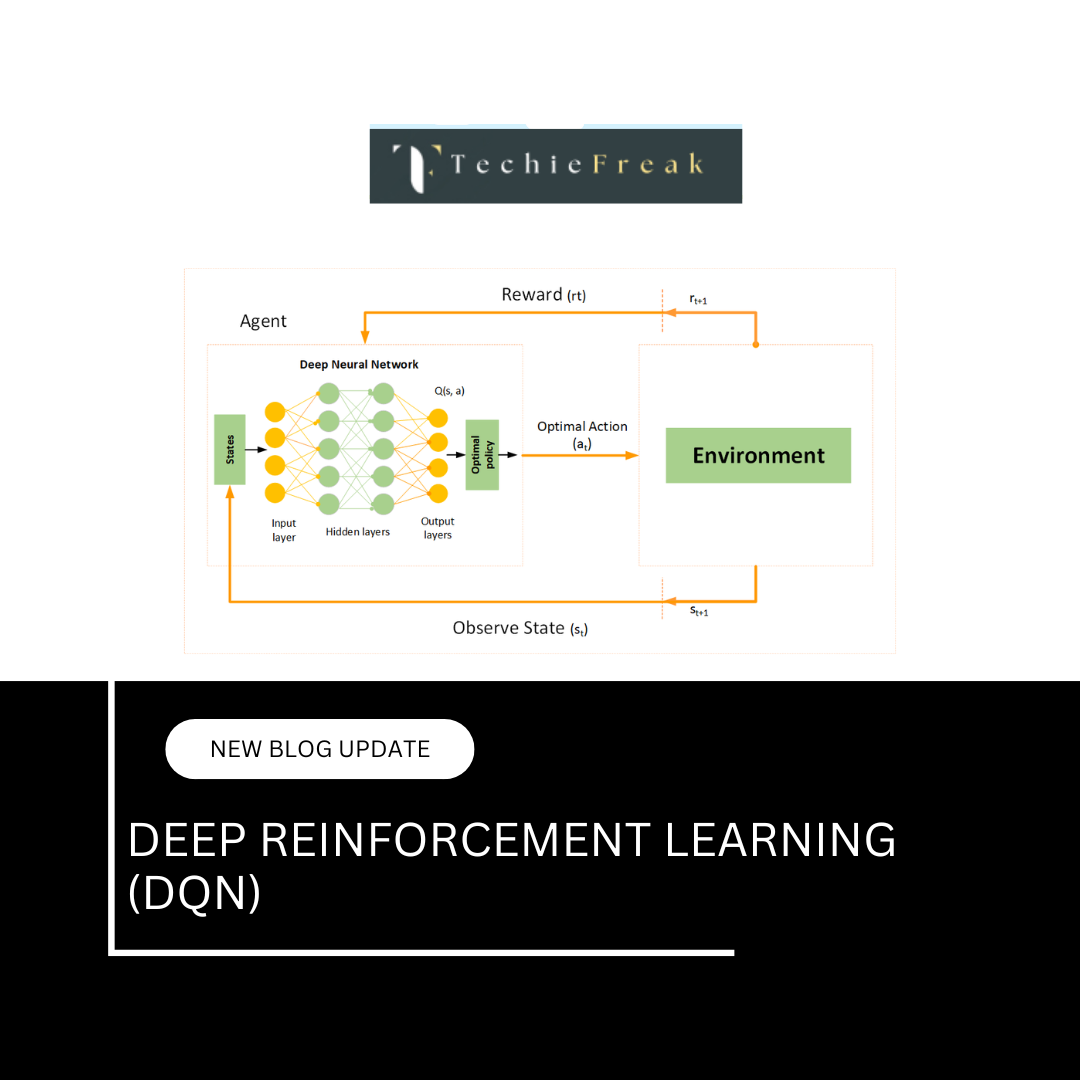
.png)
.png)
.png)
.png)
.png)
.png)

.png)




